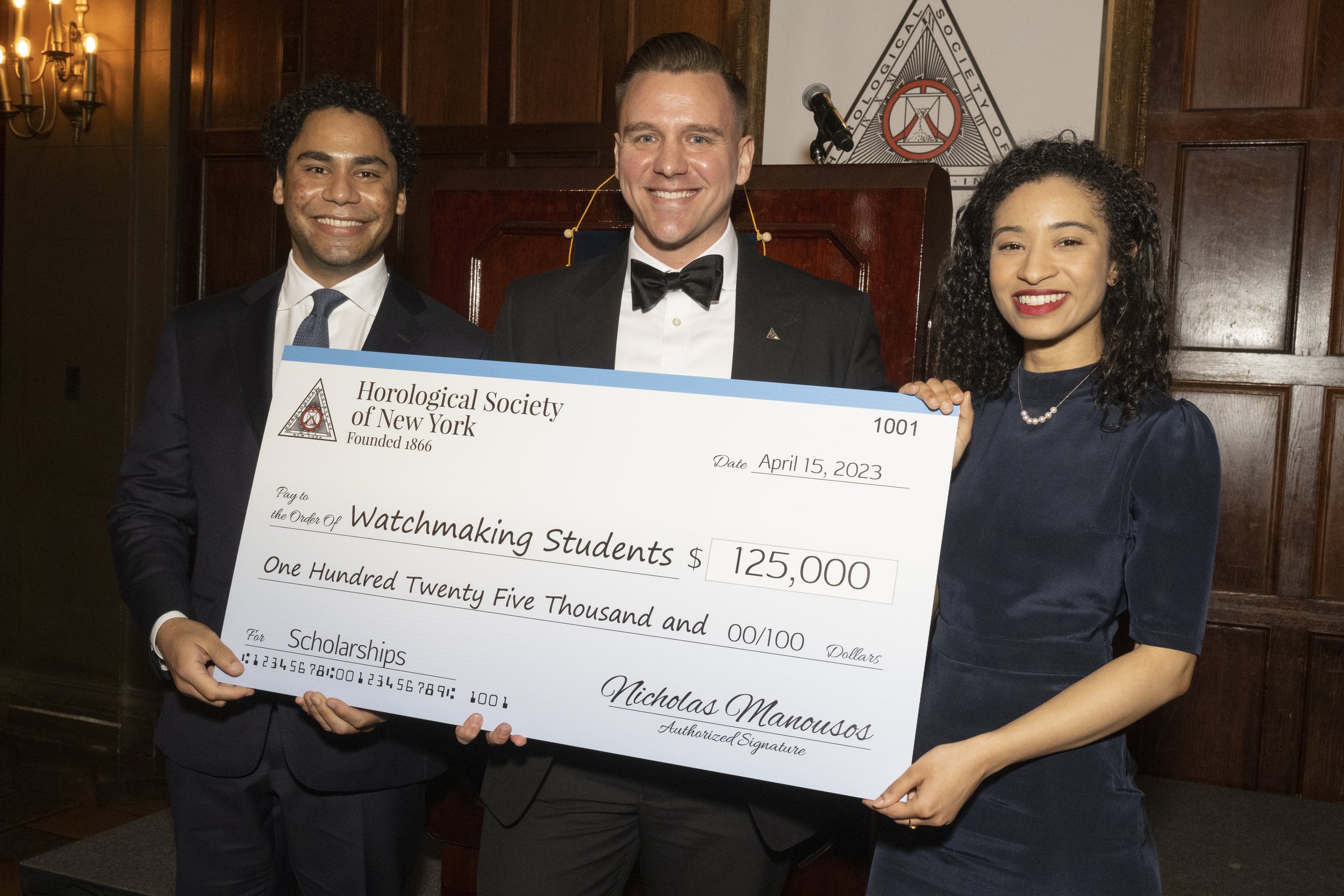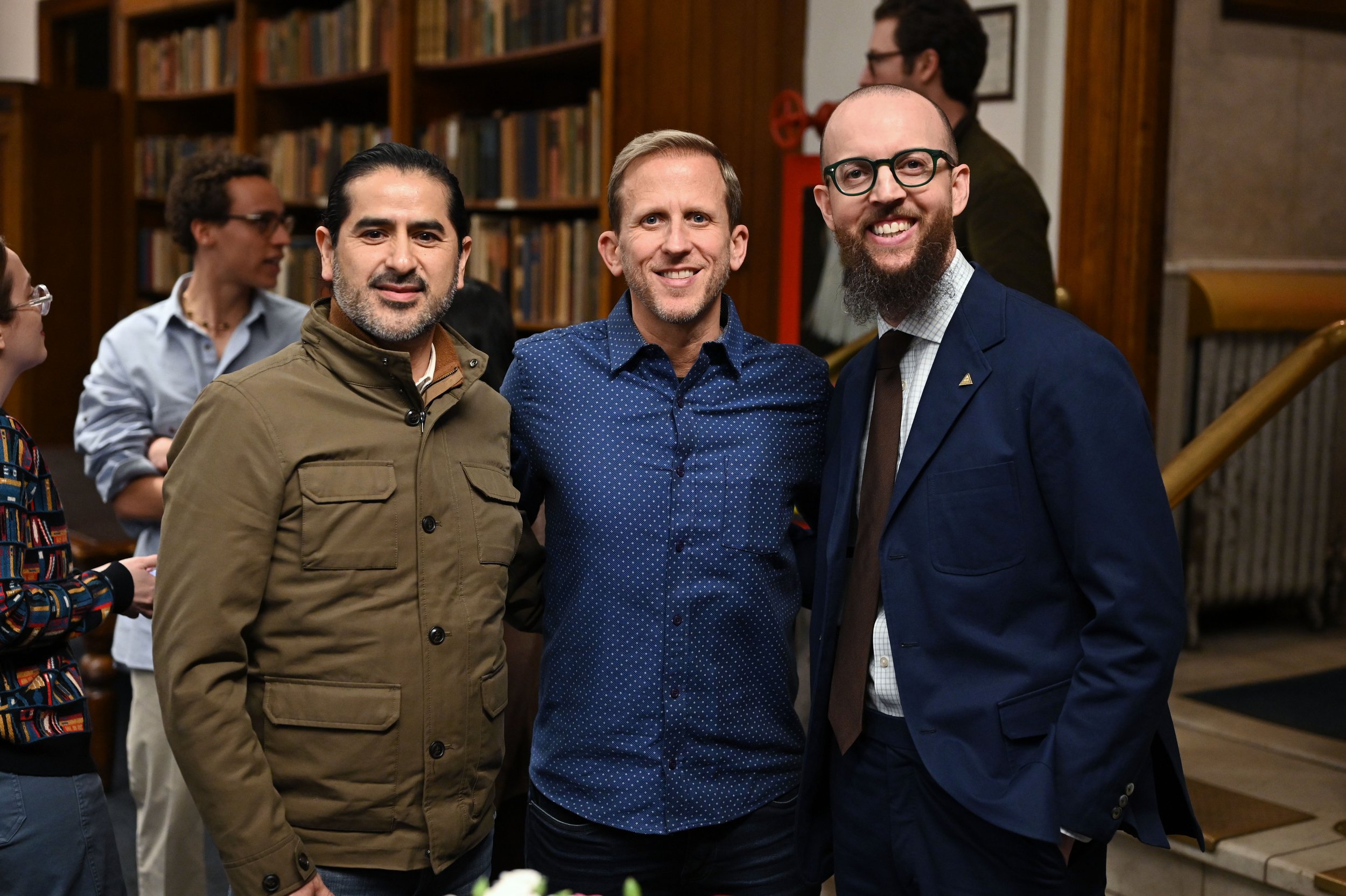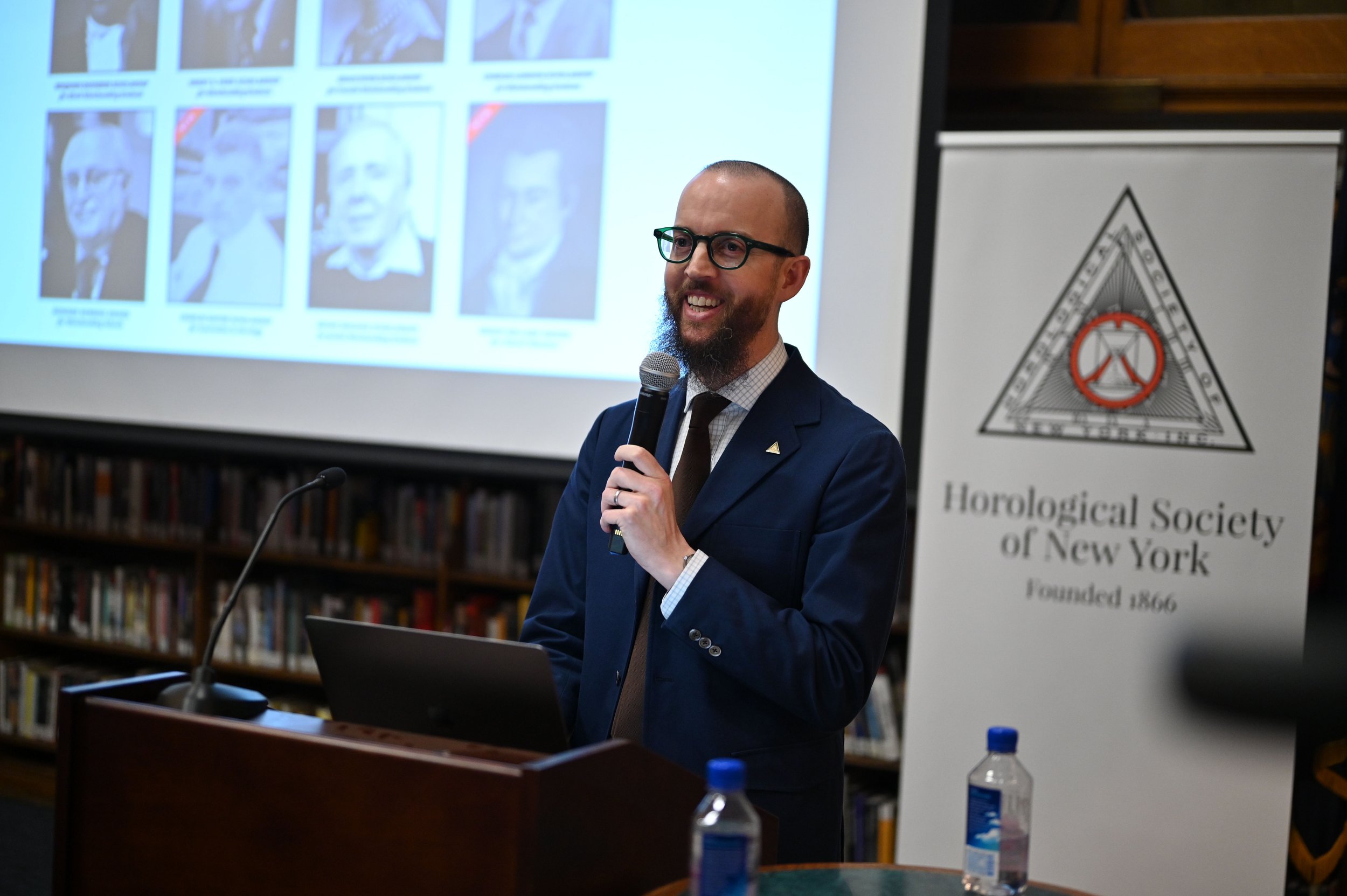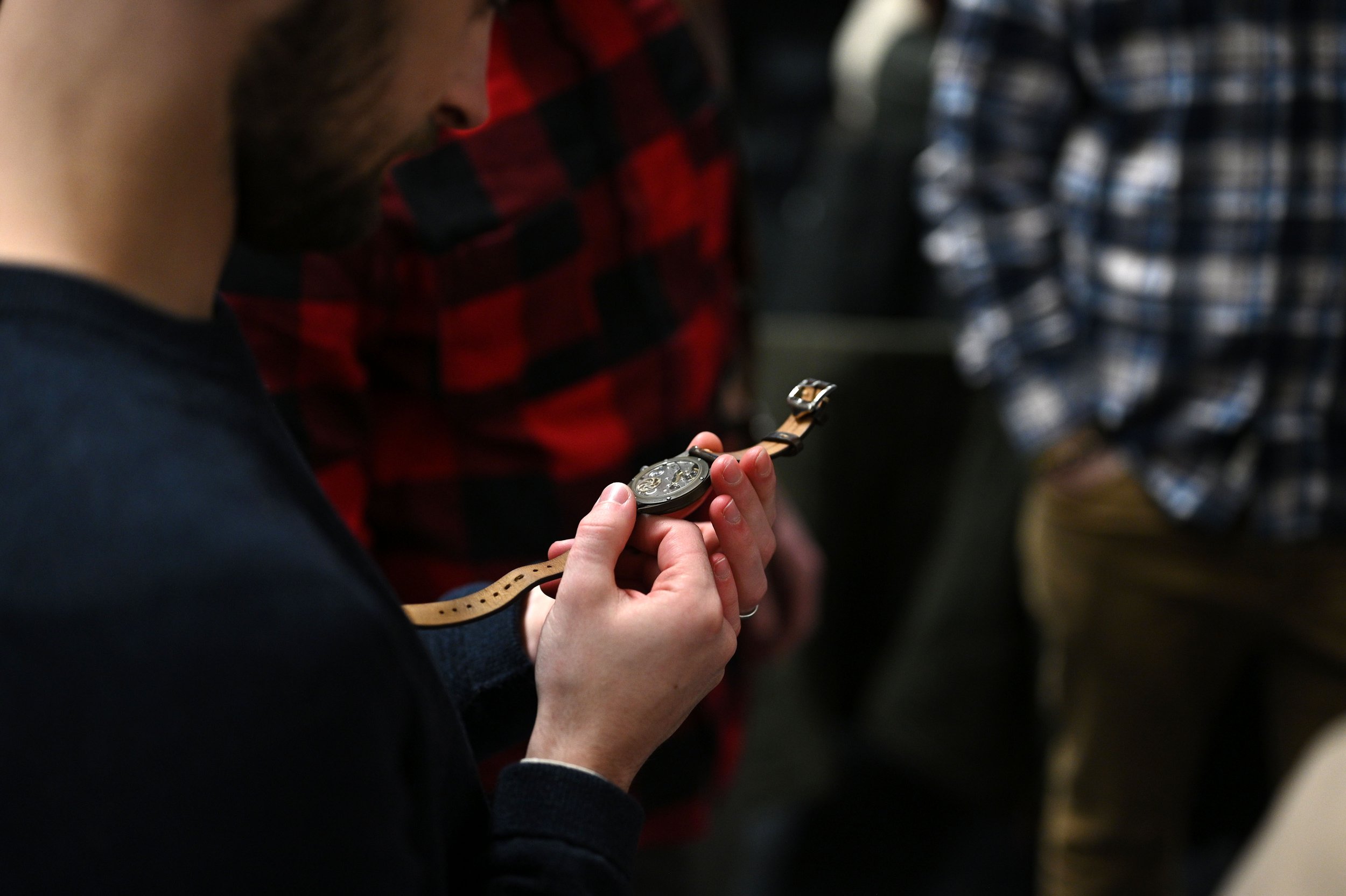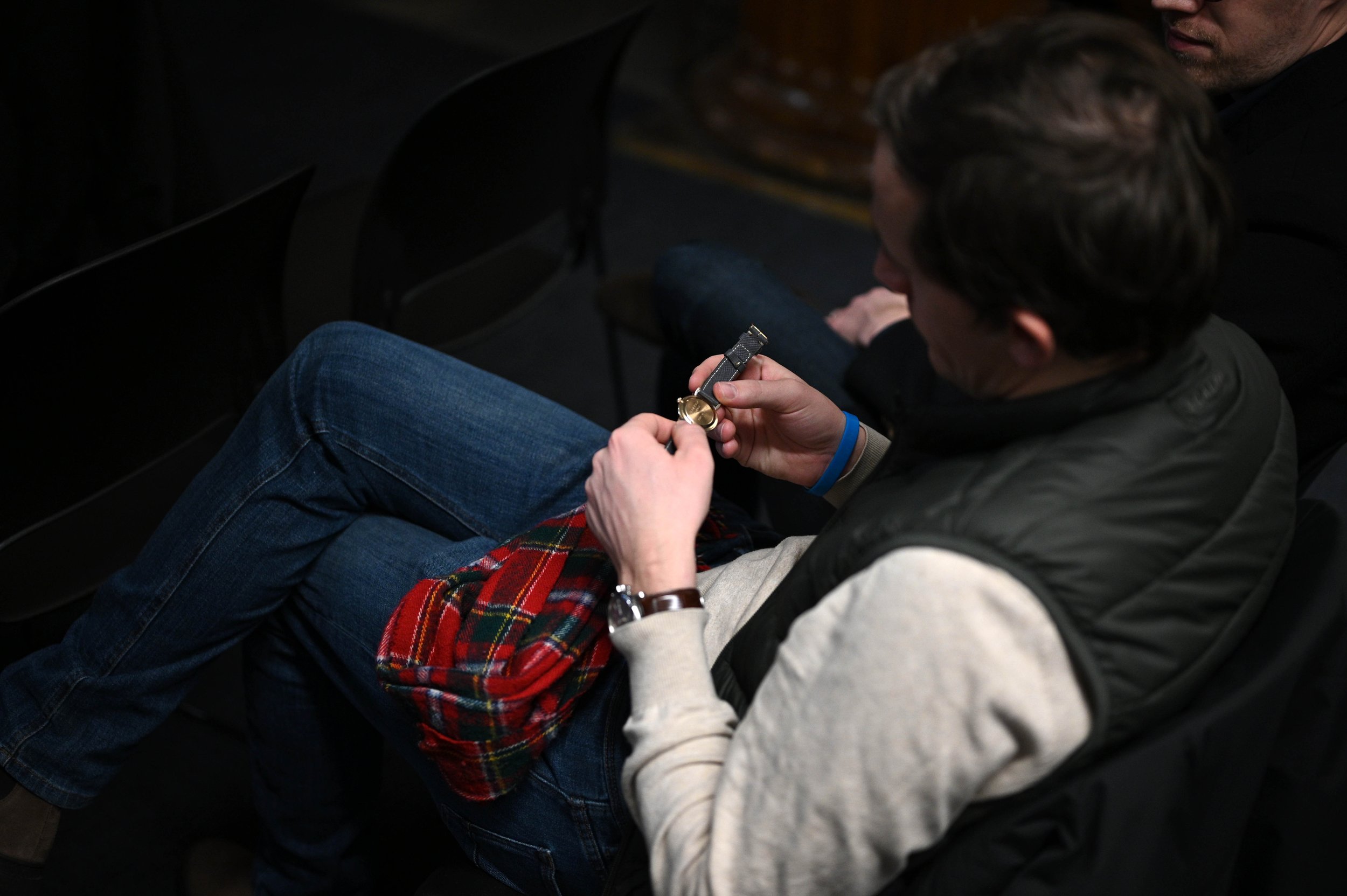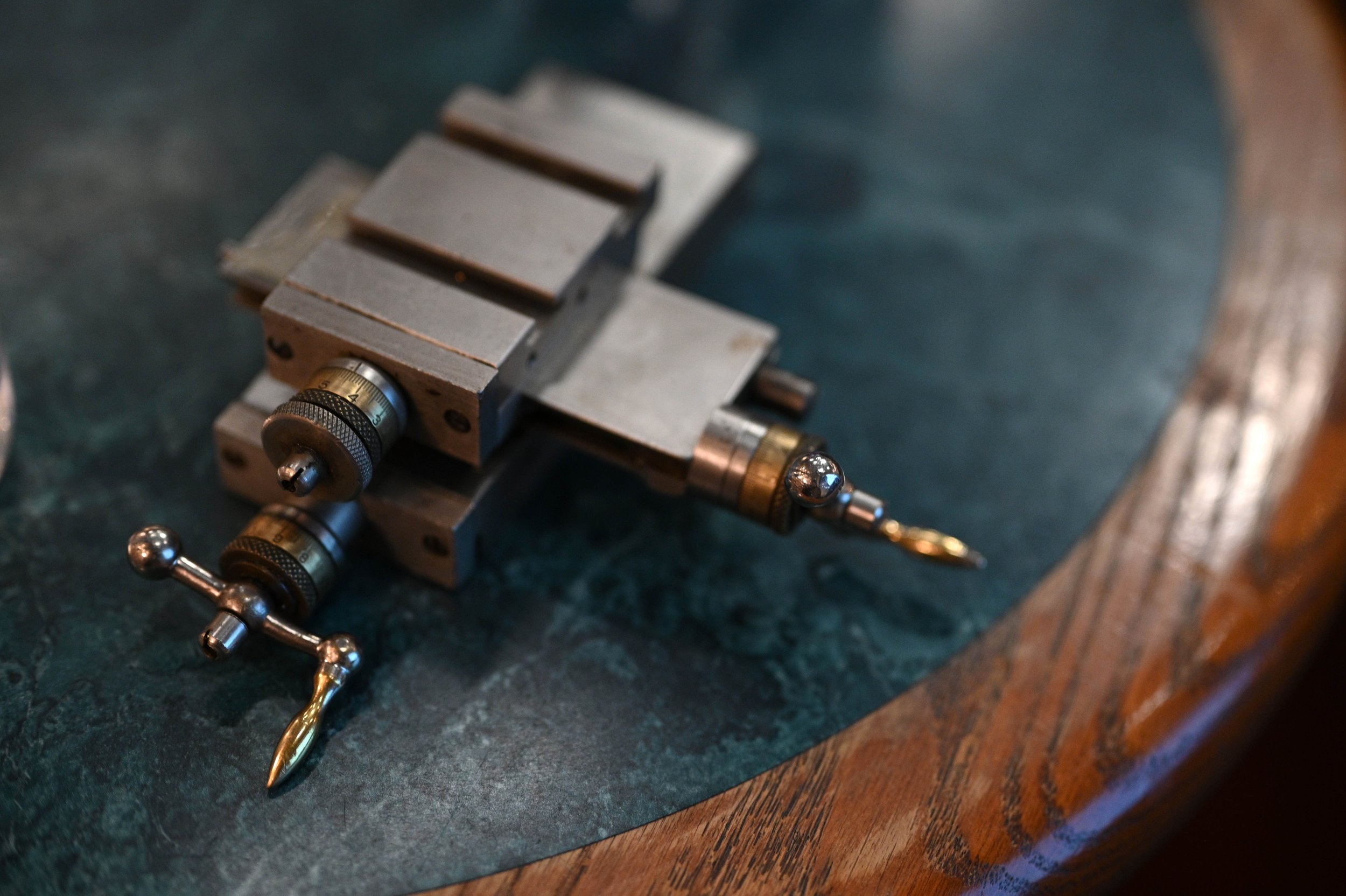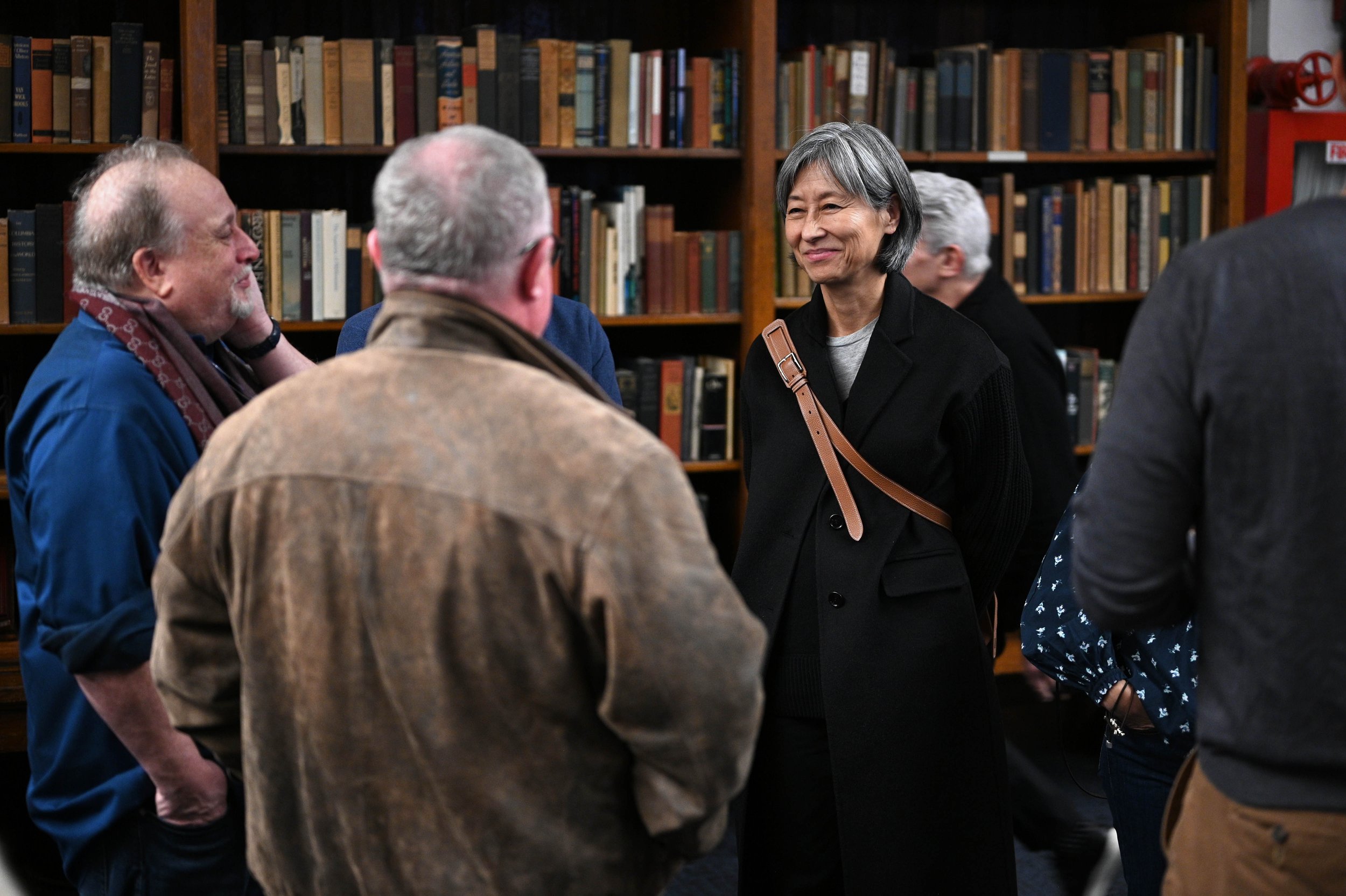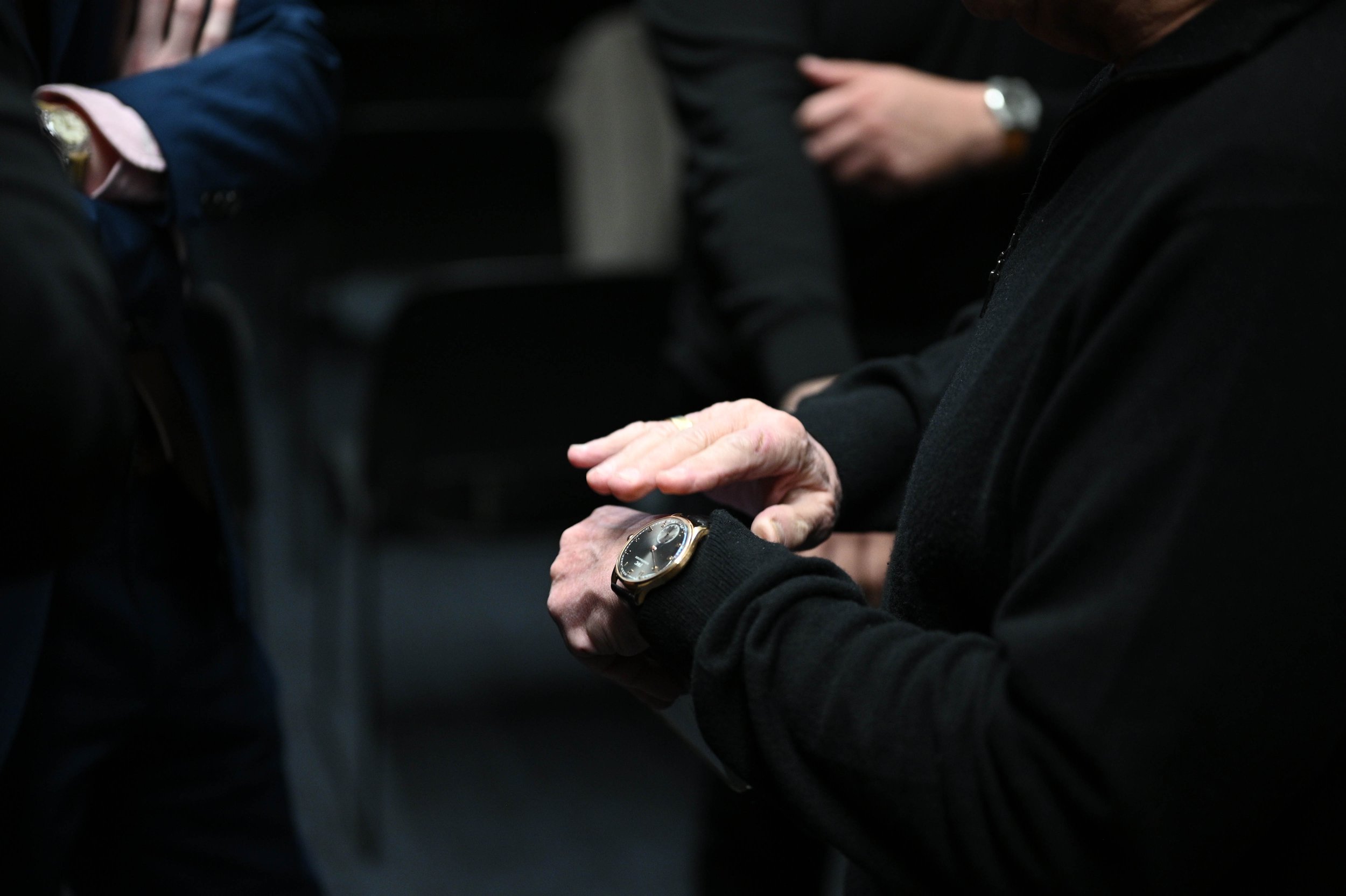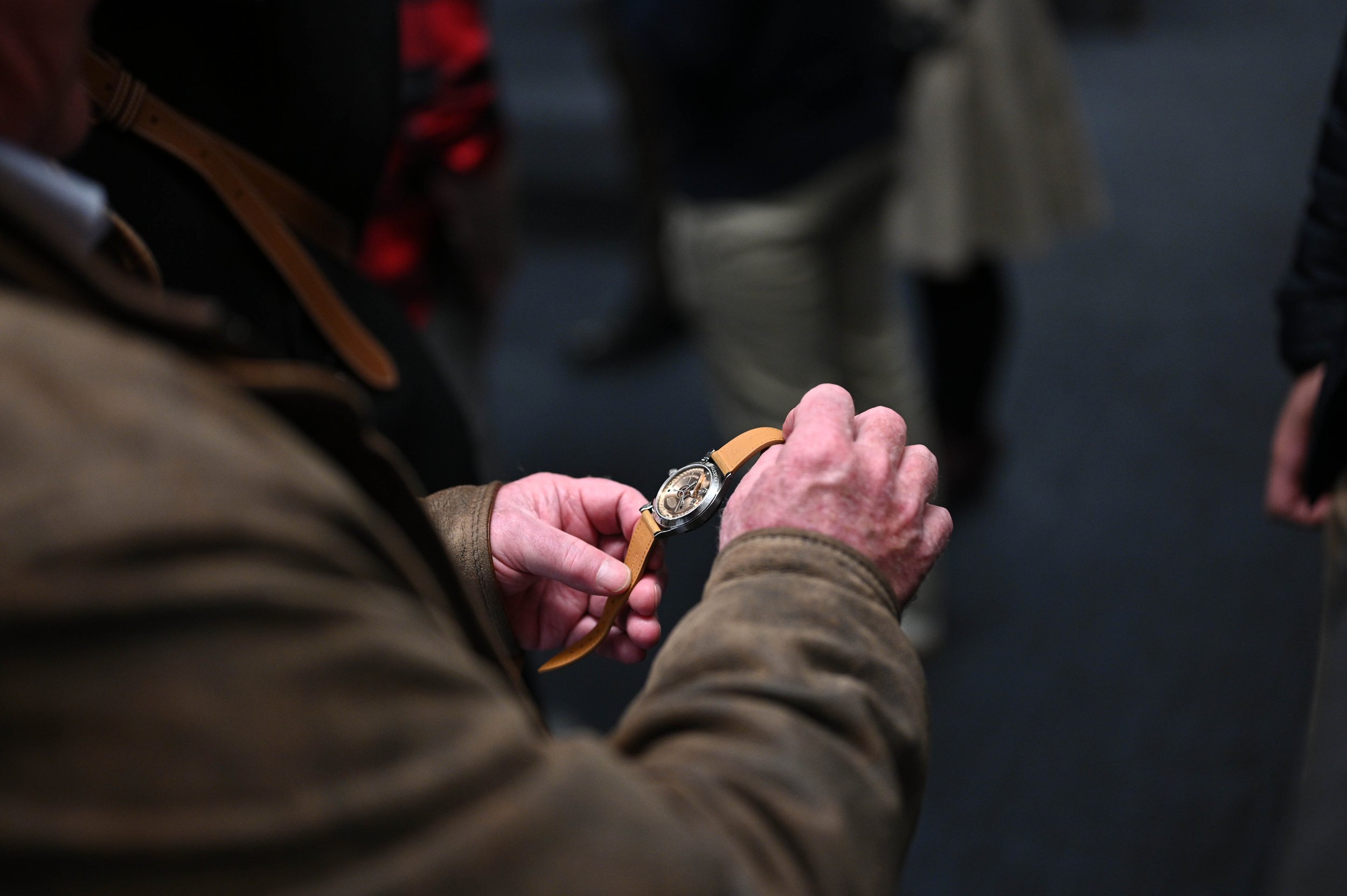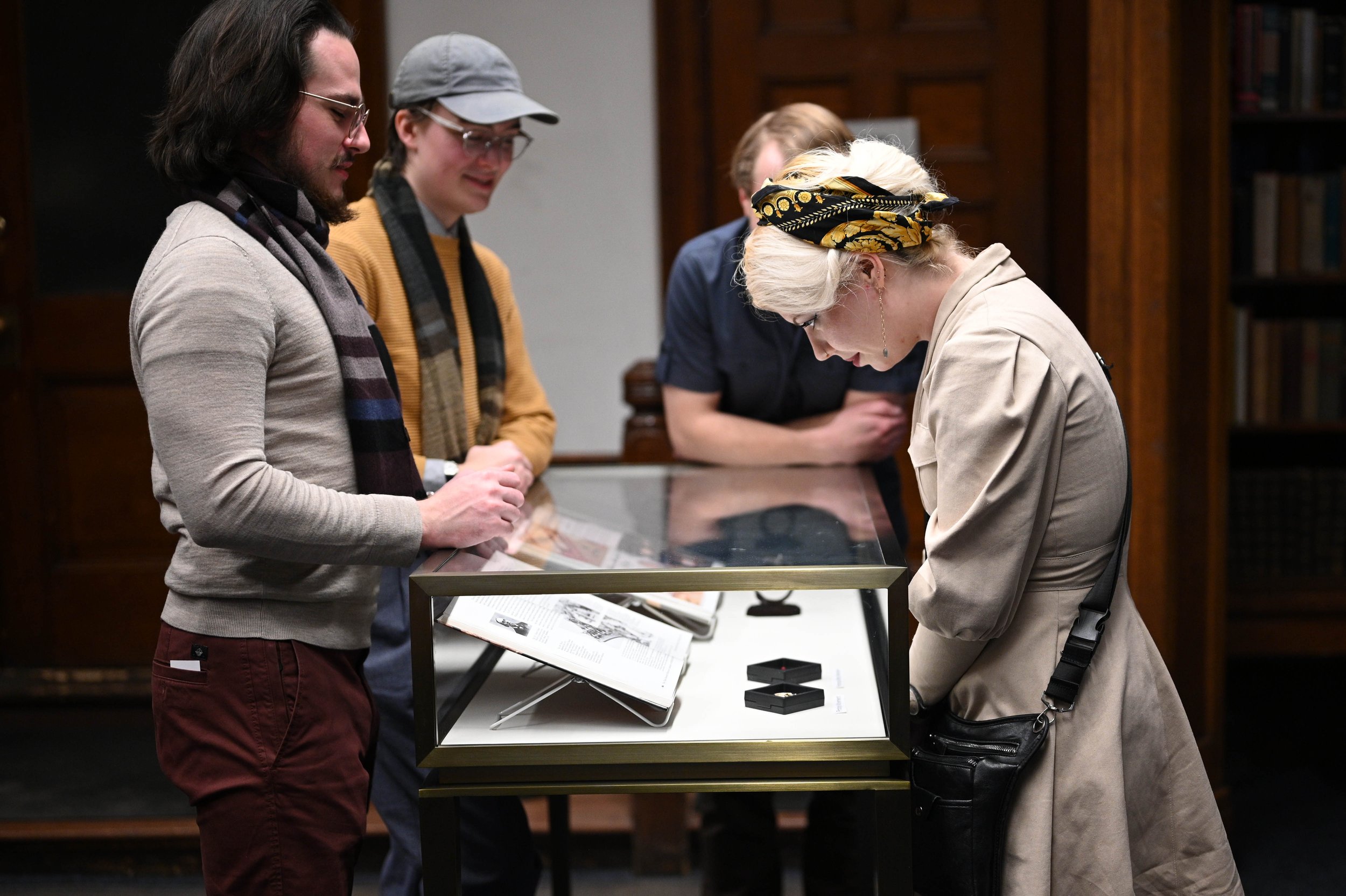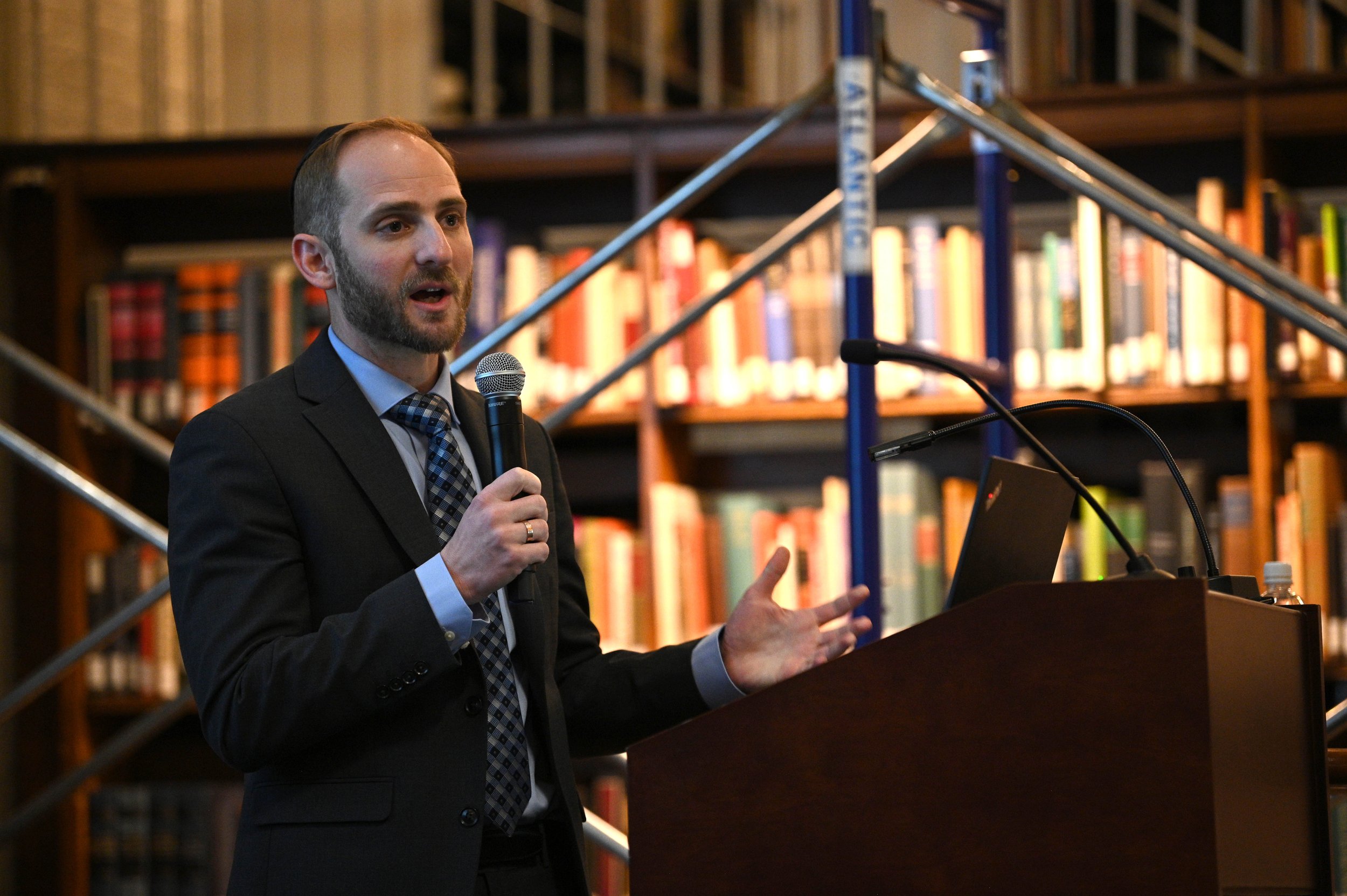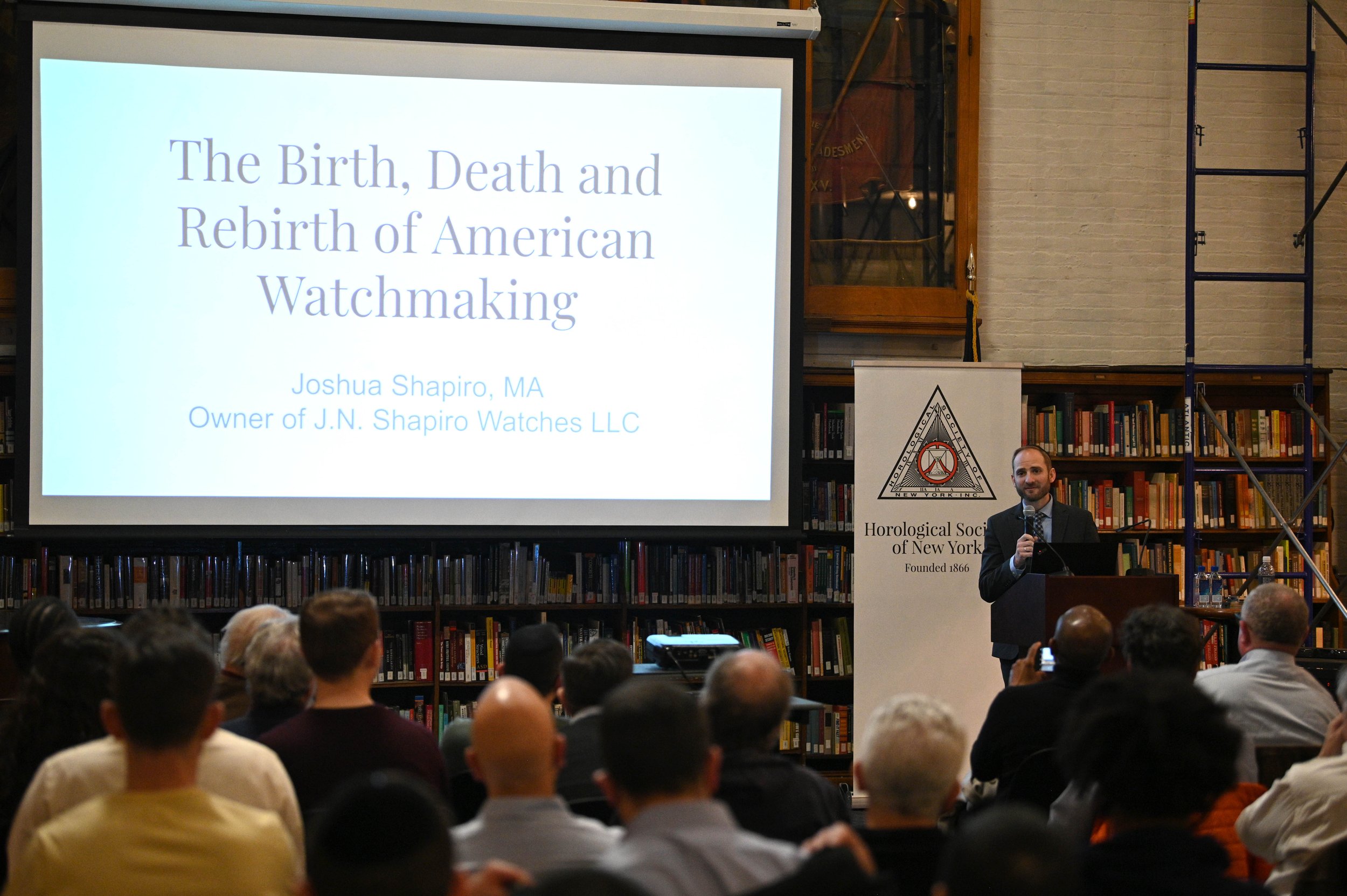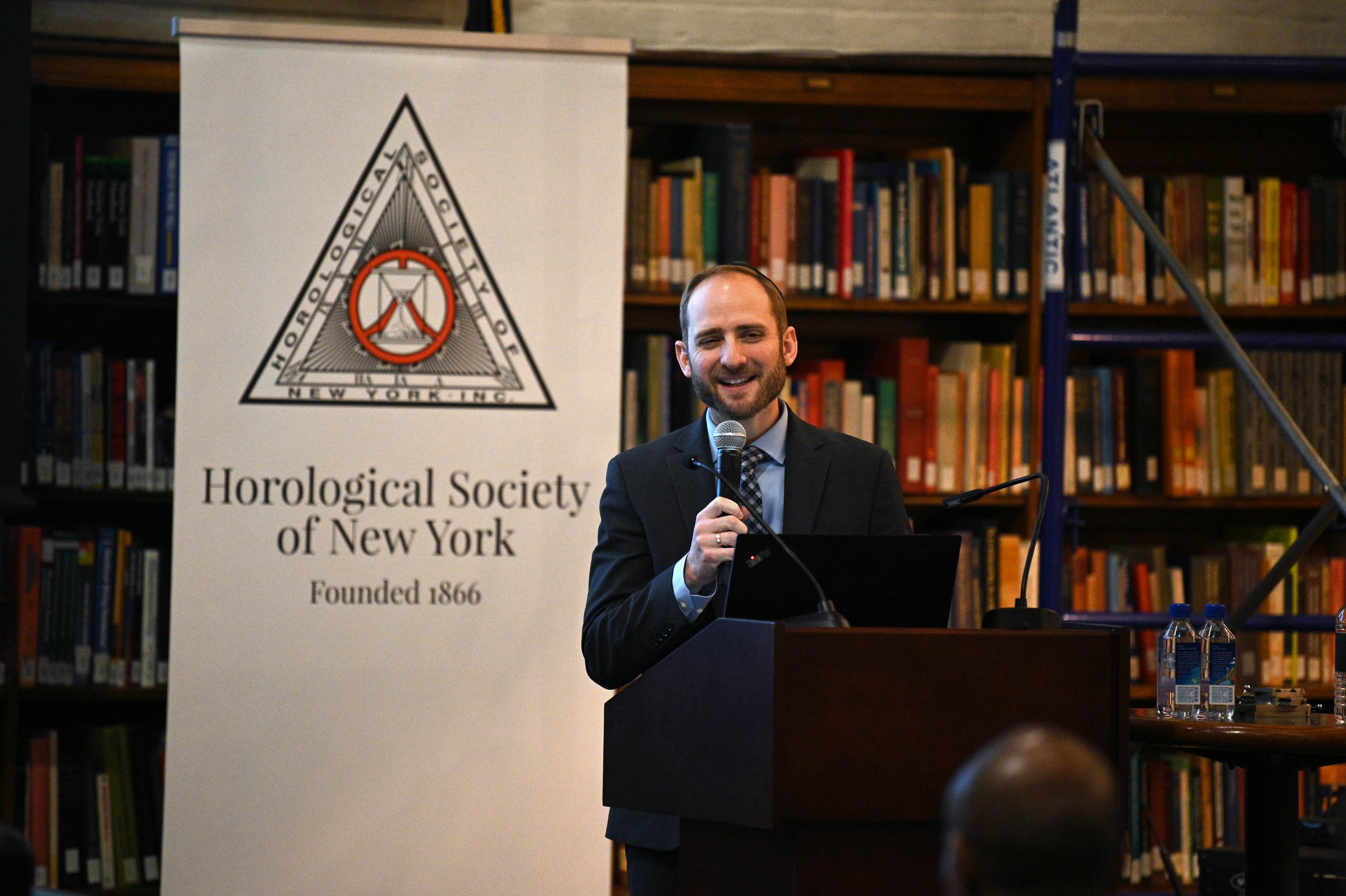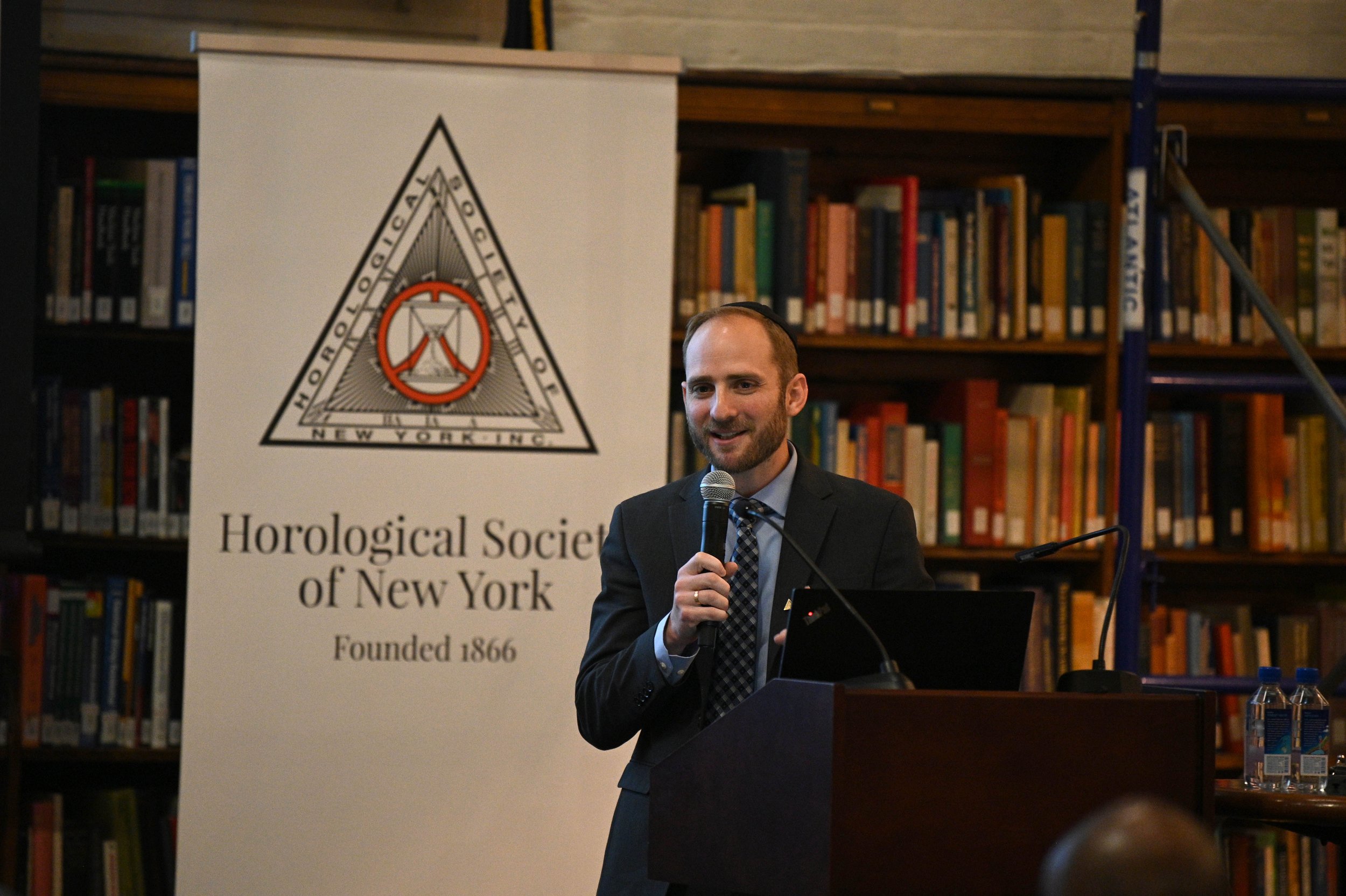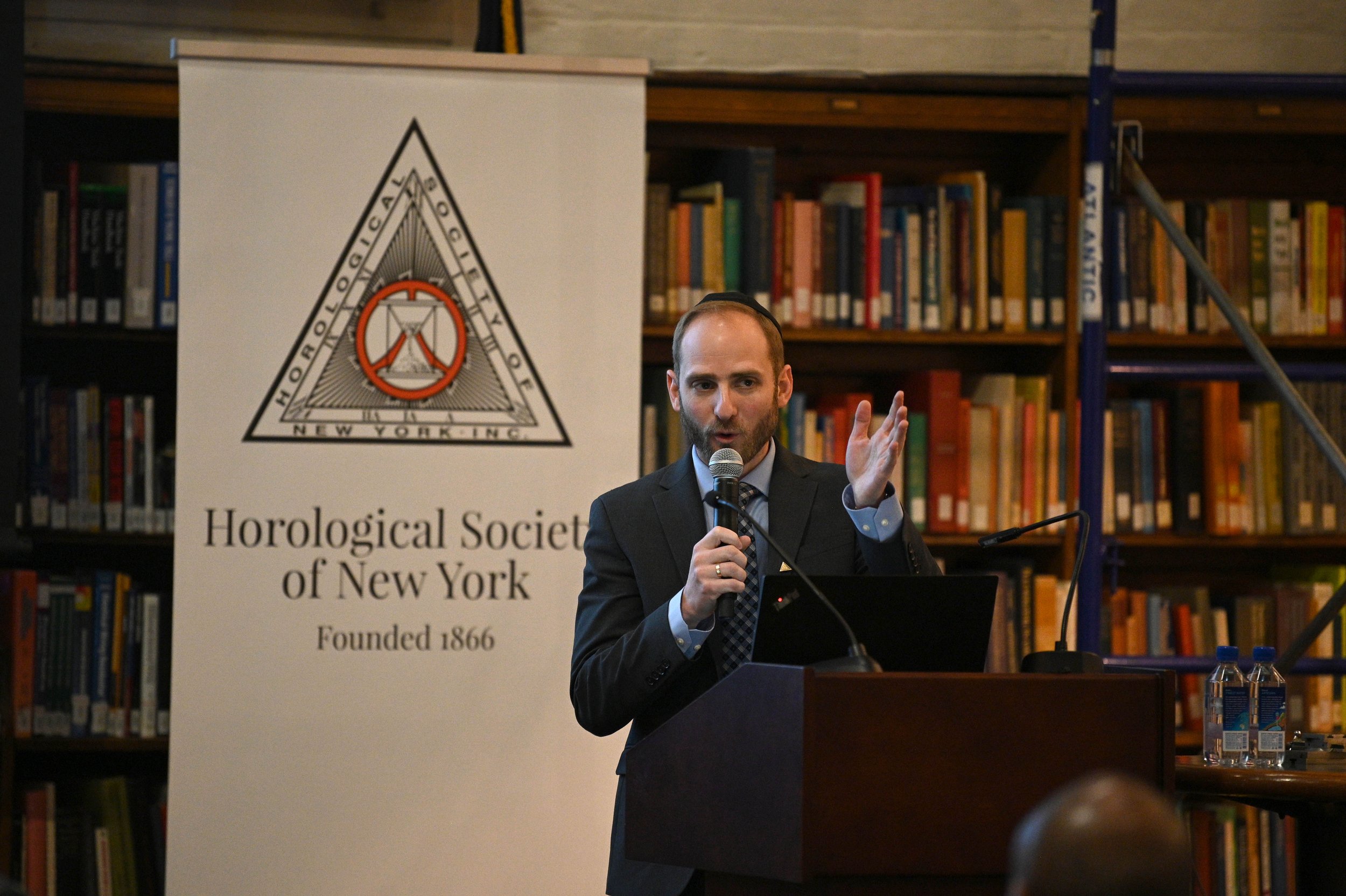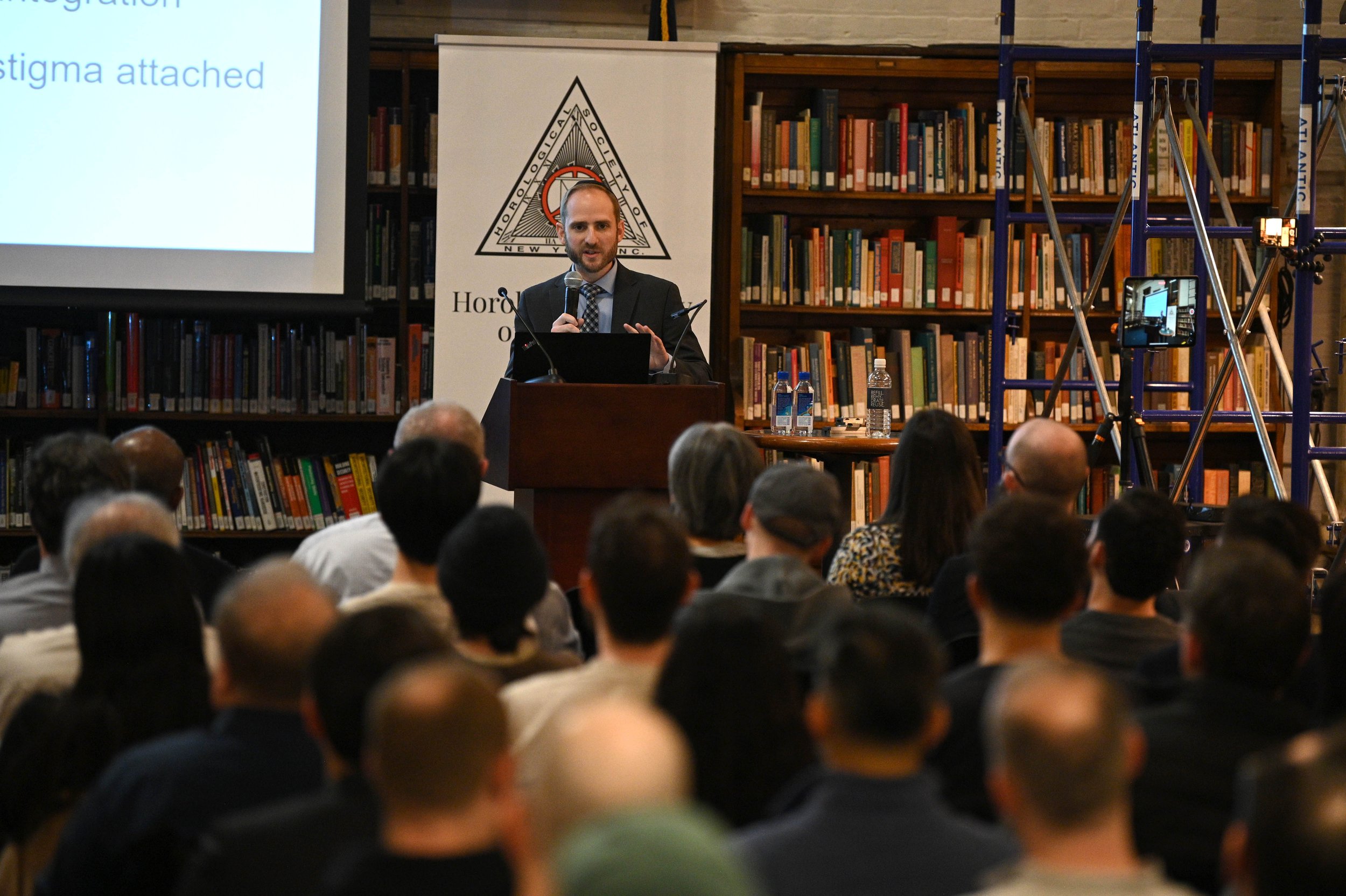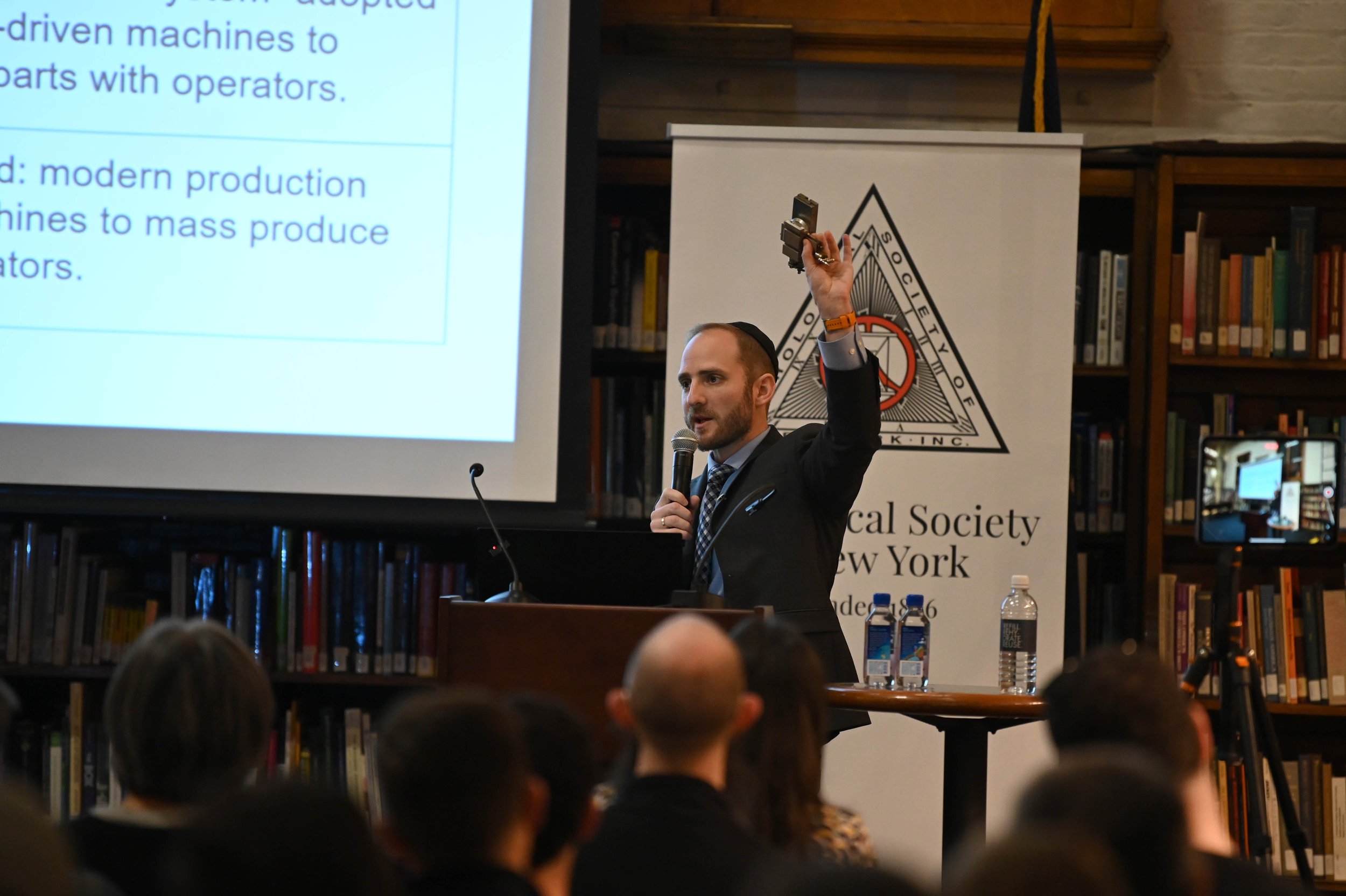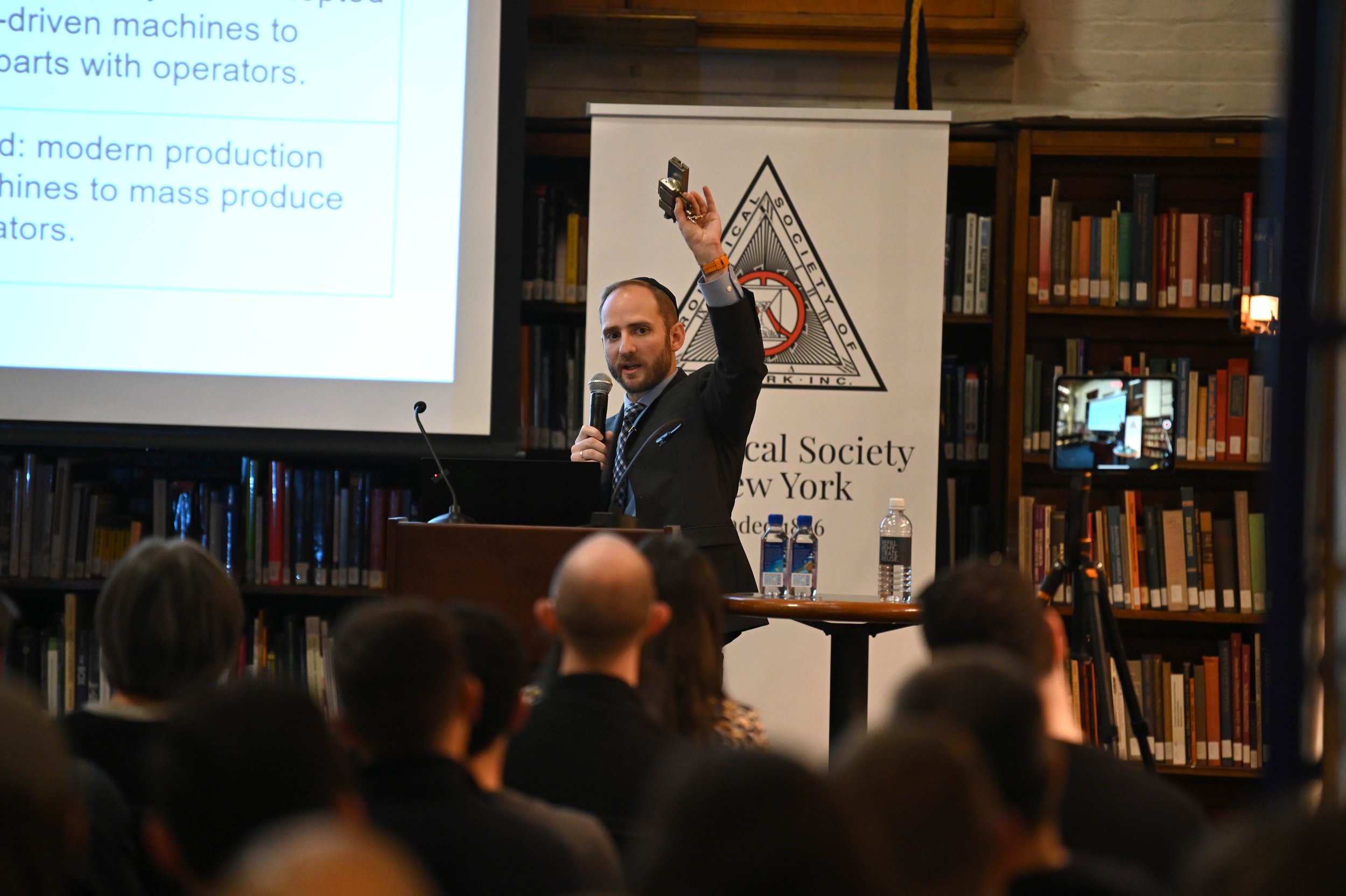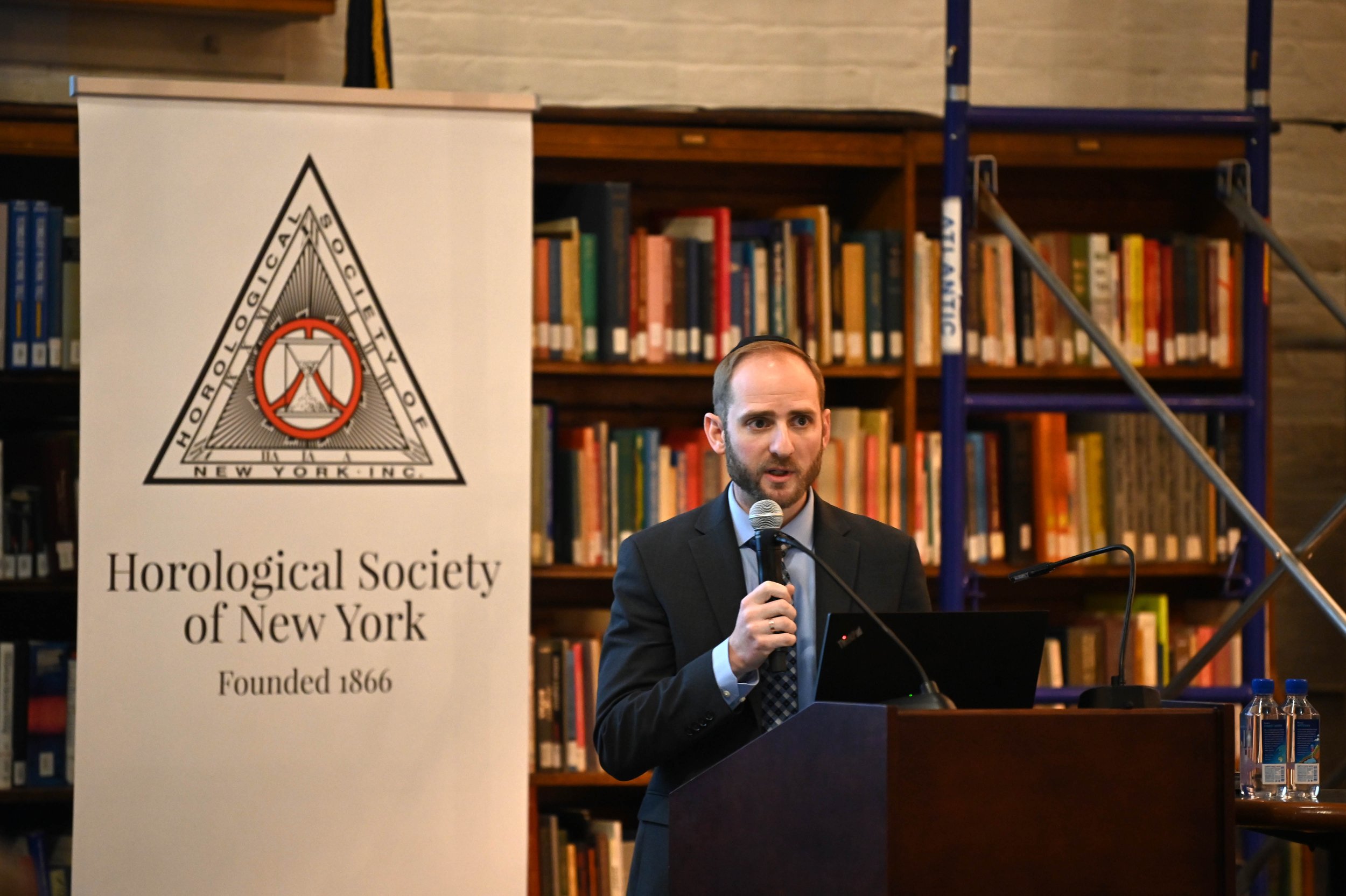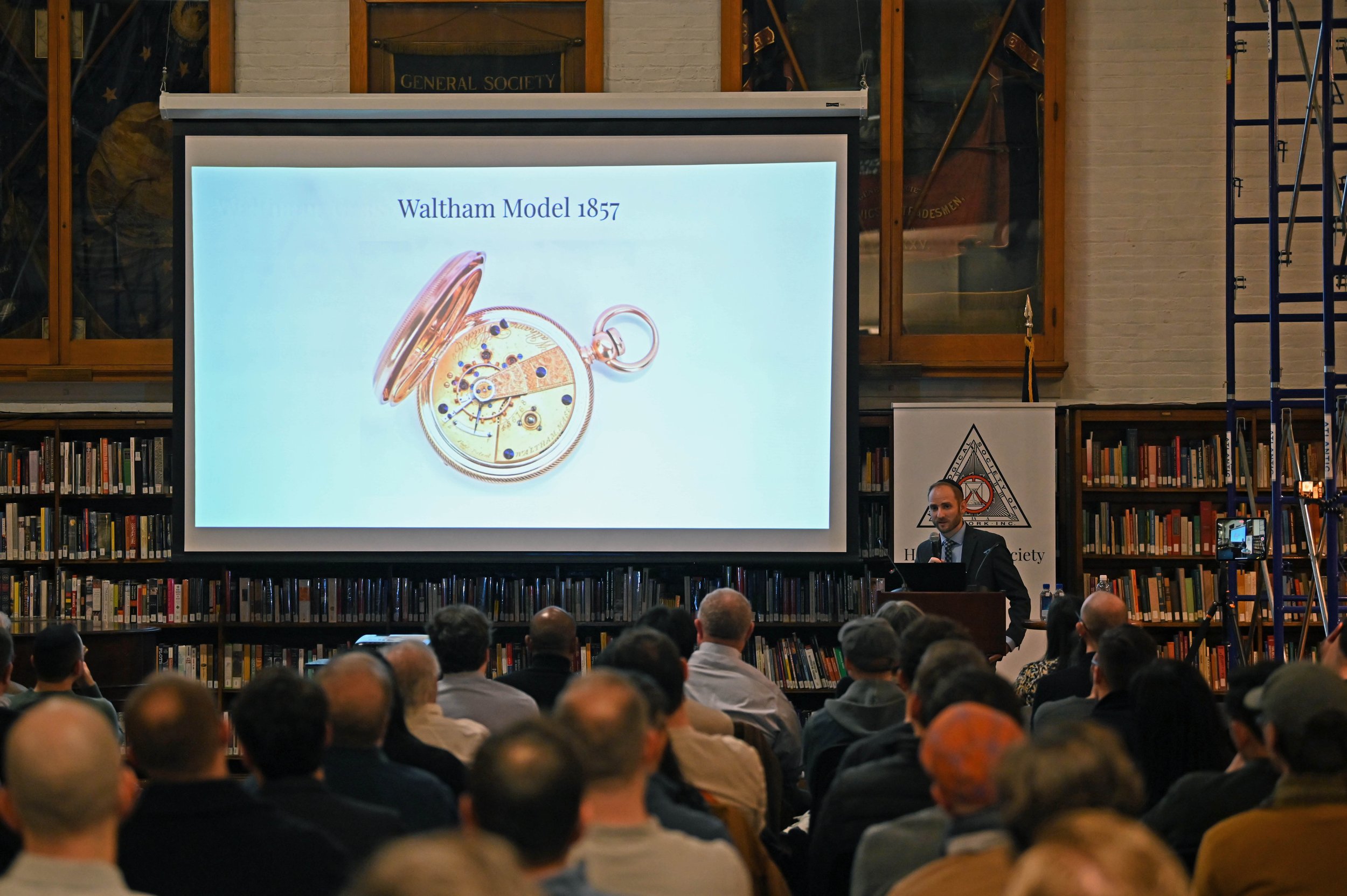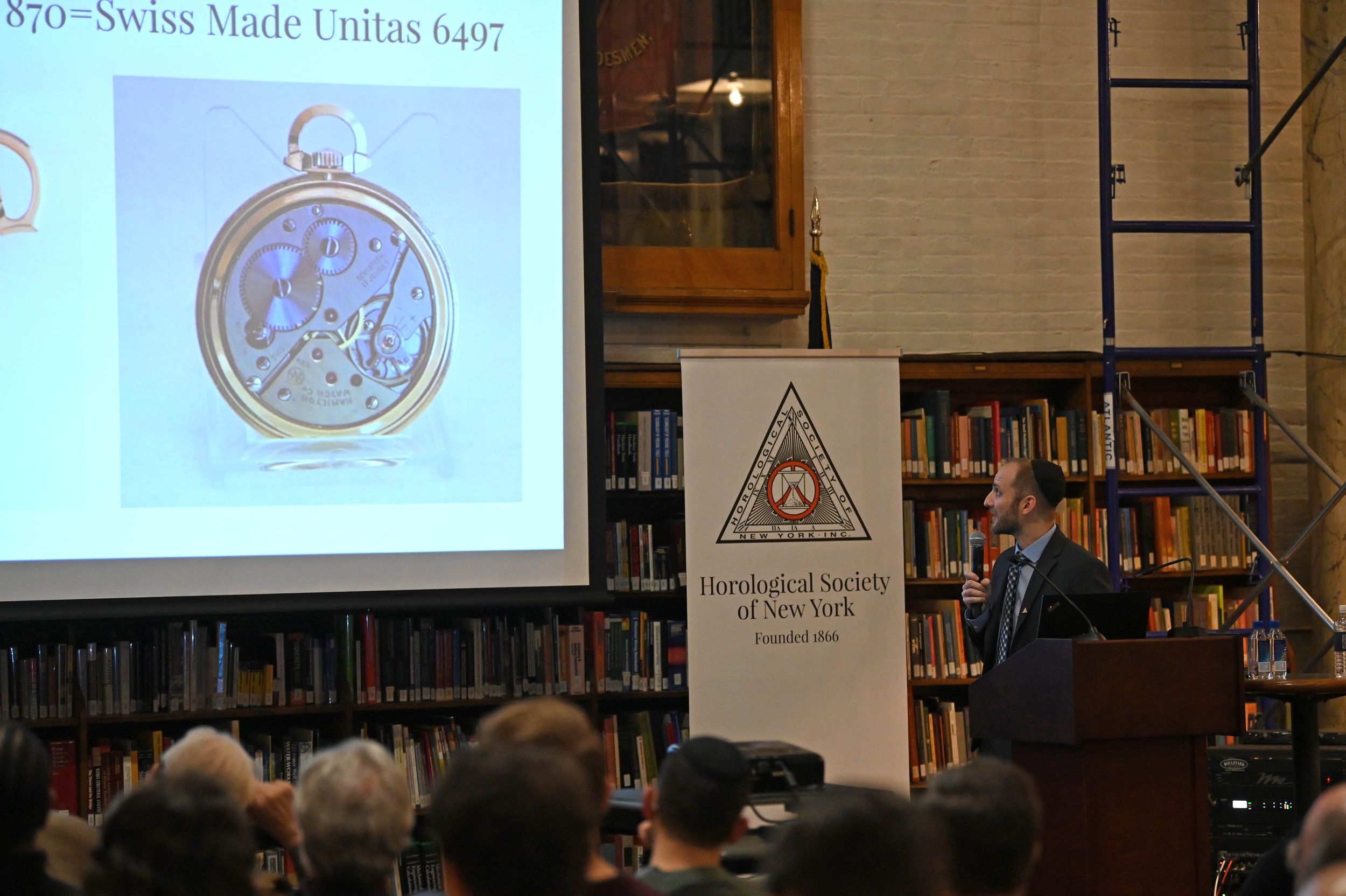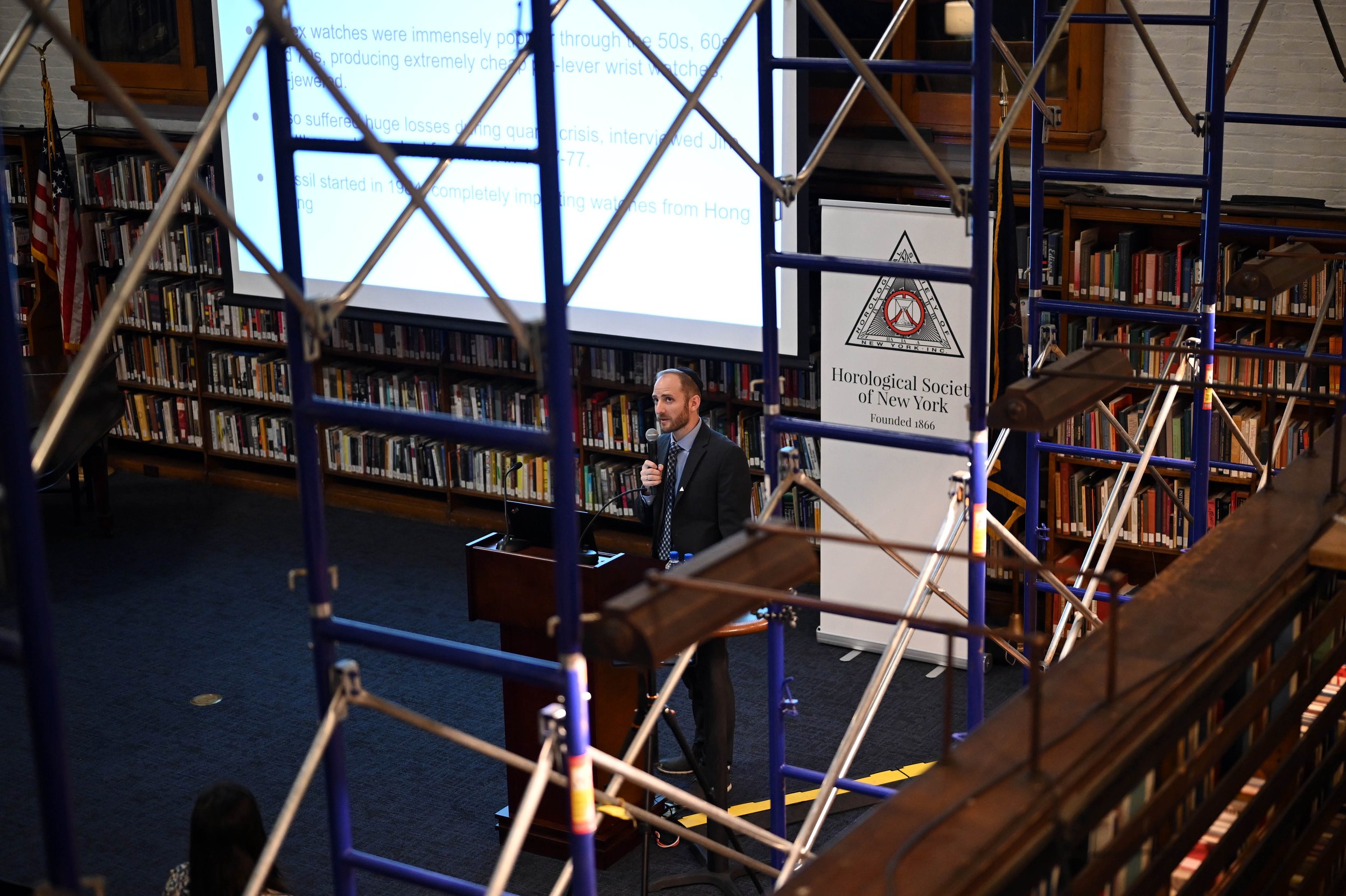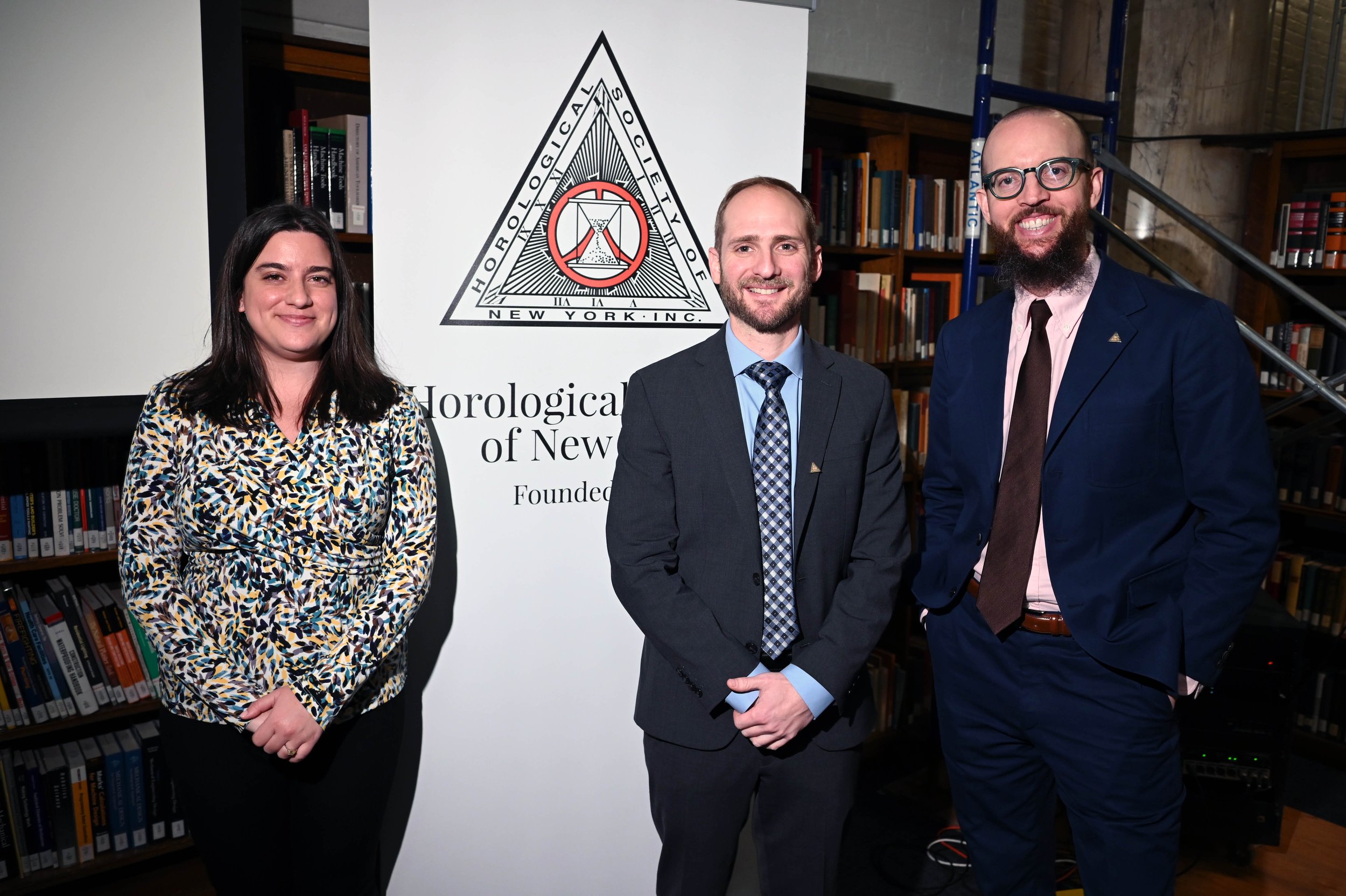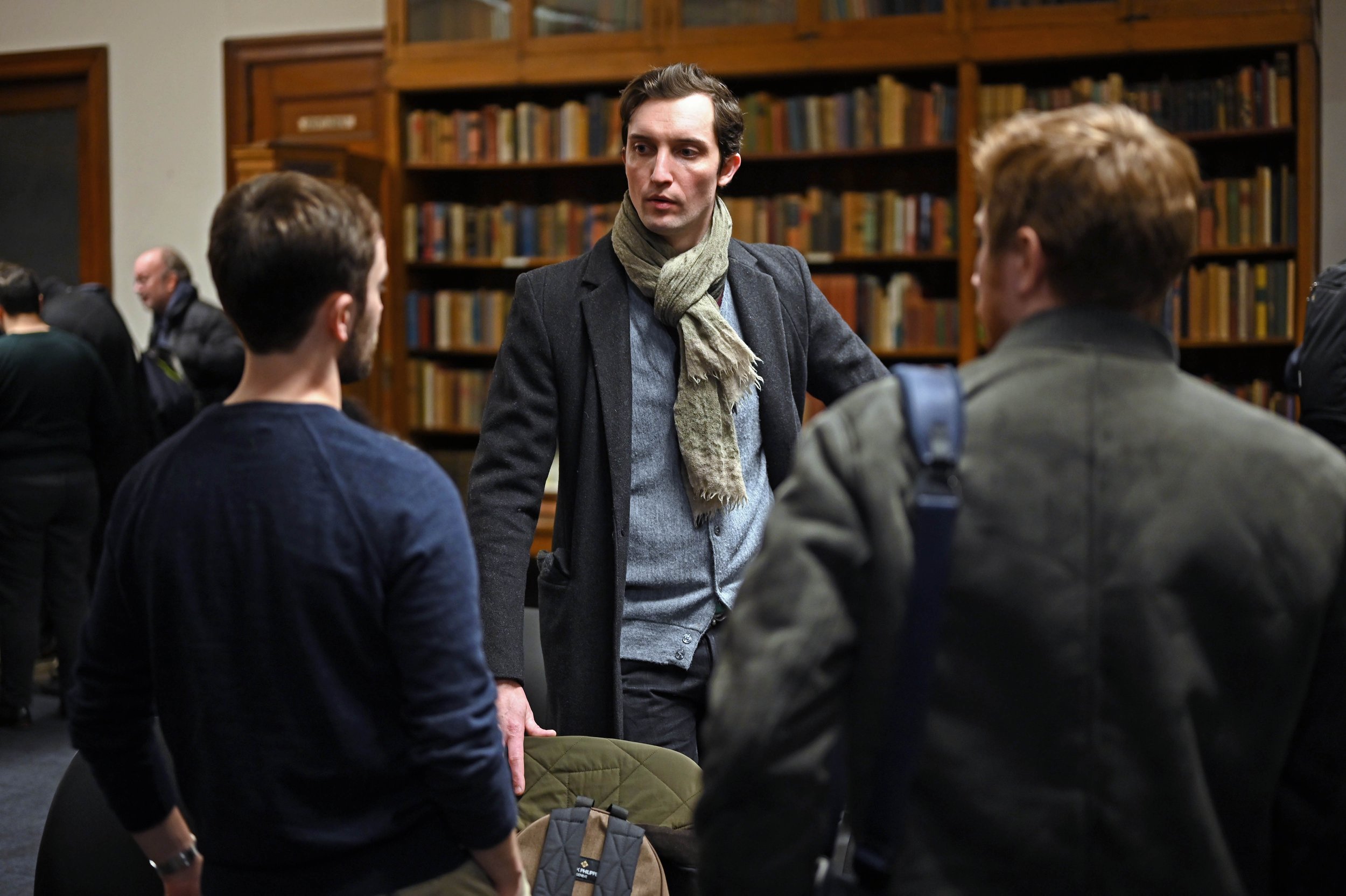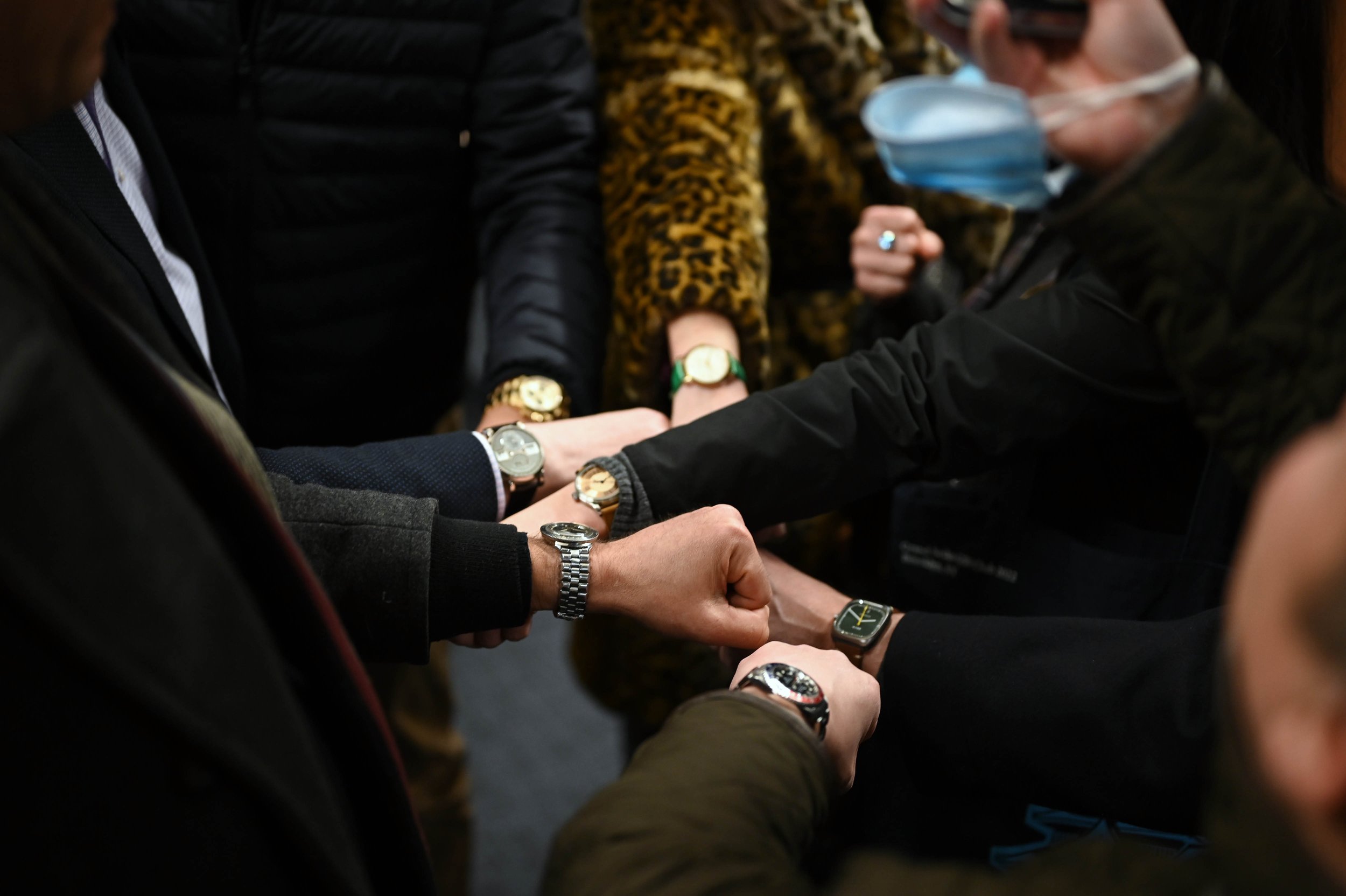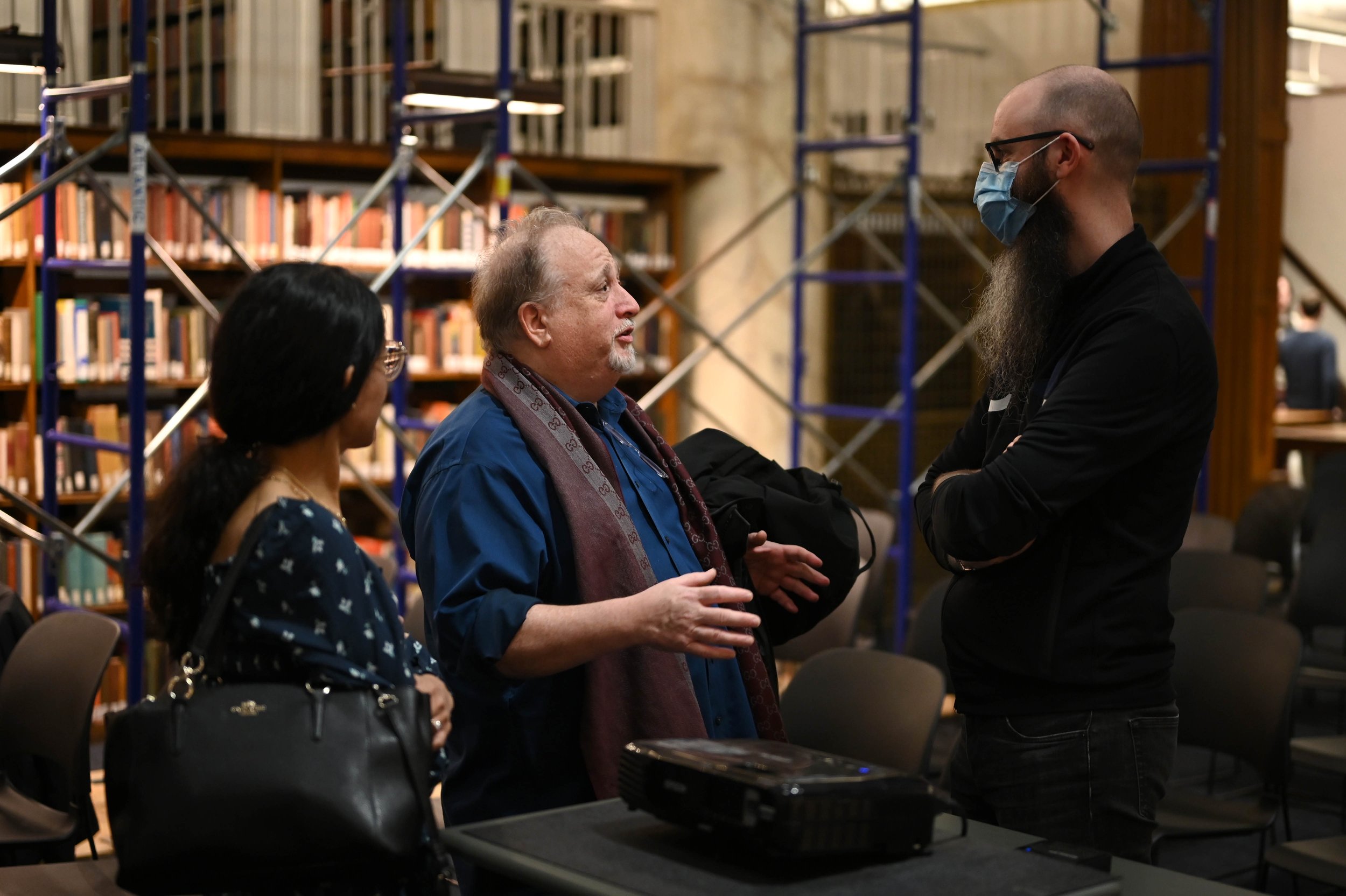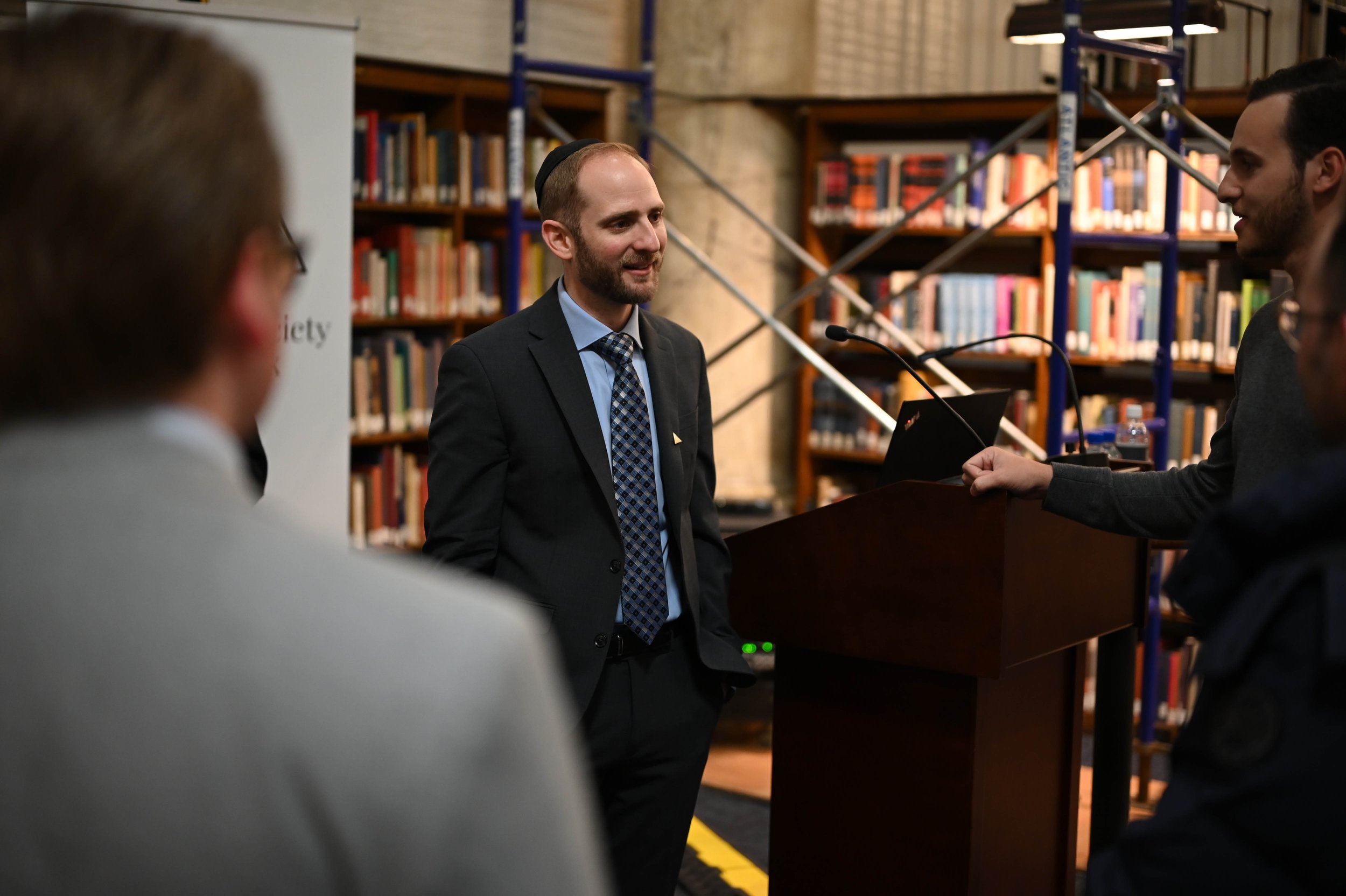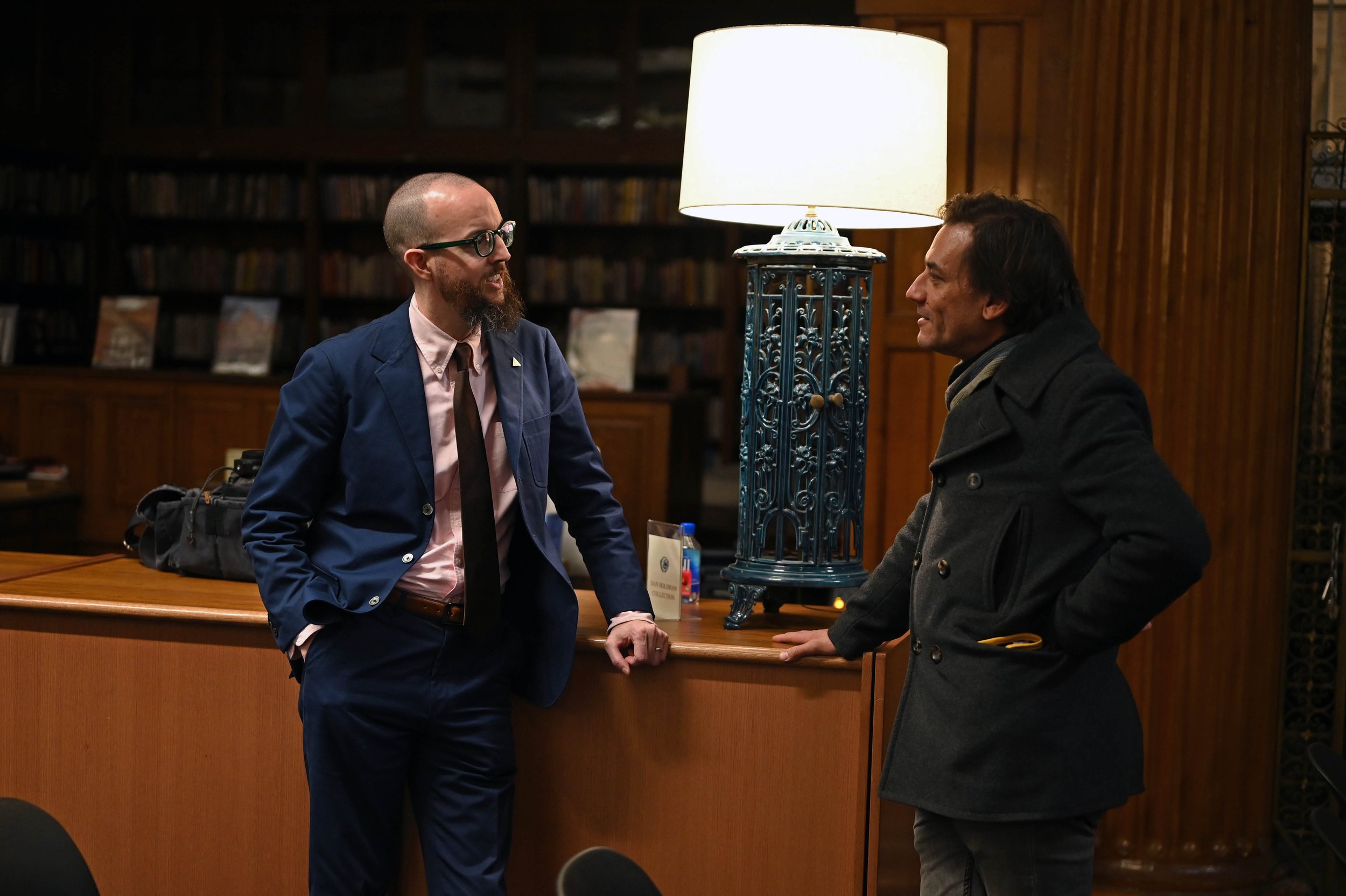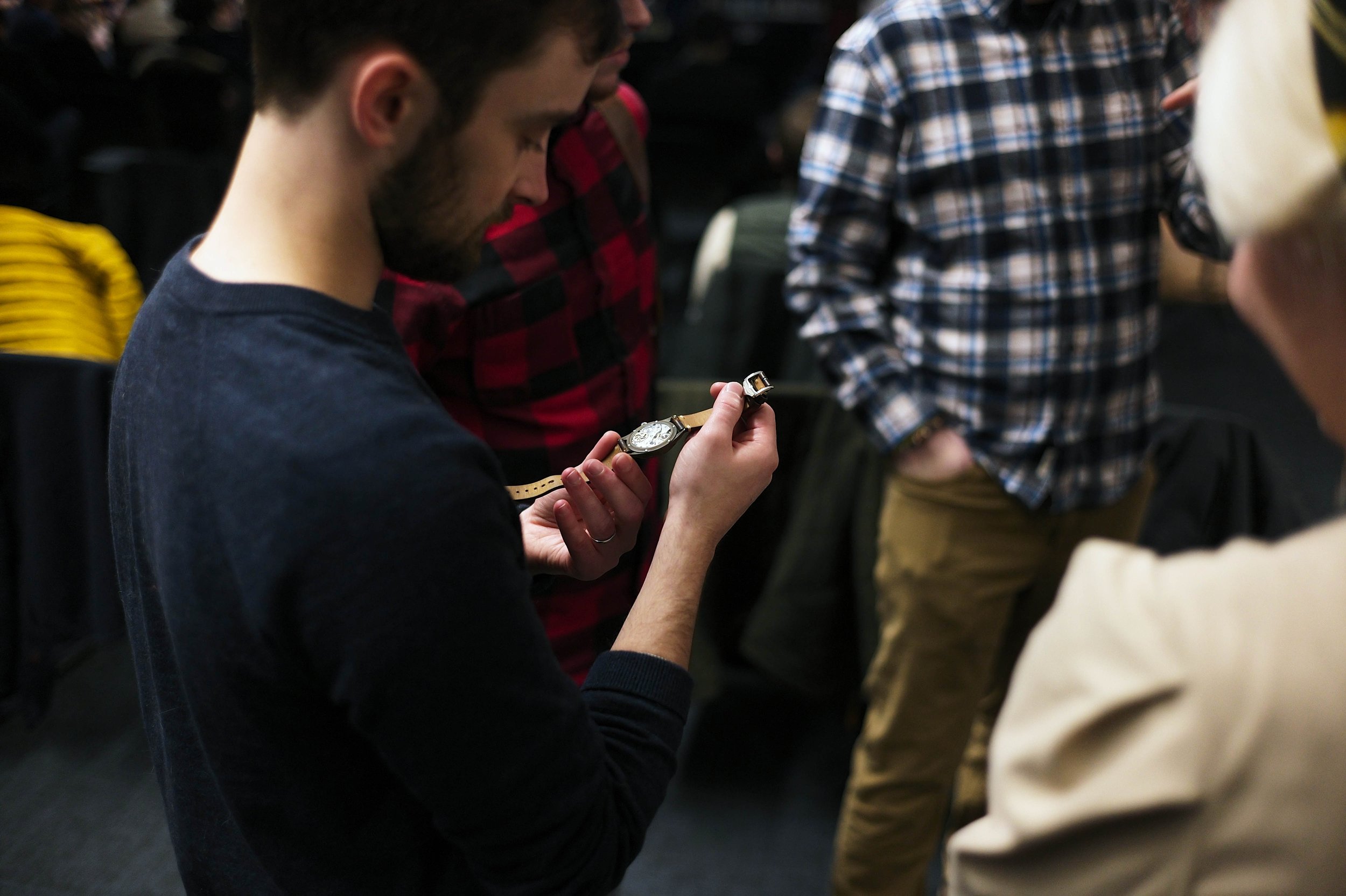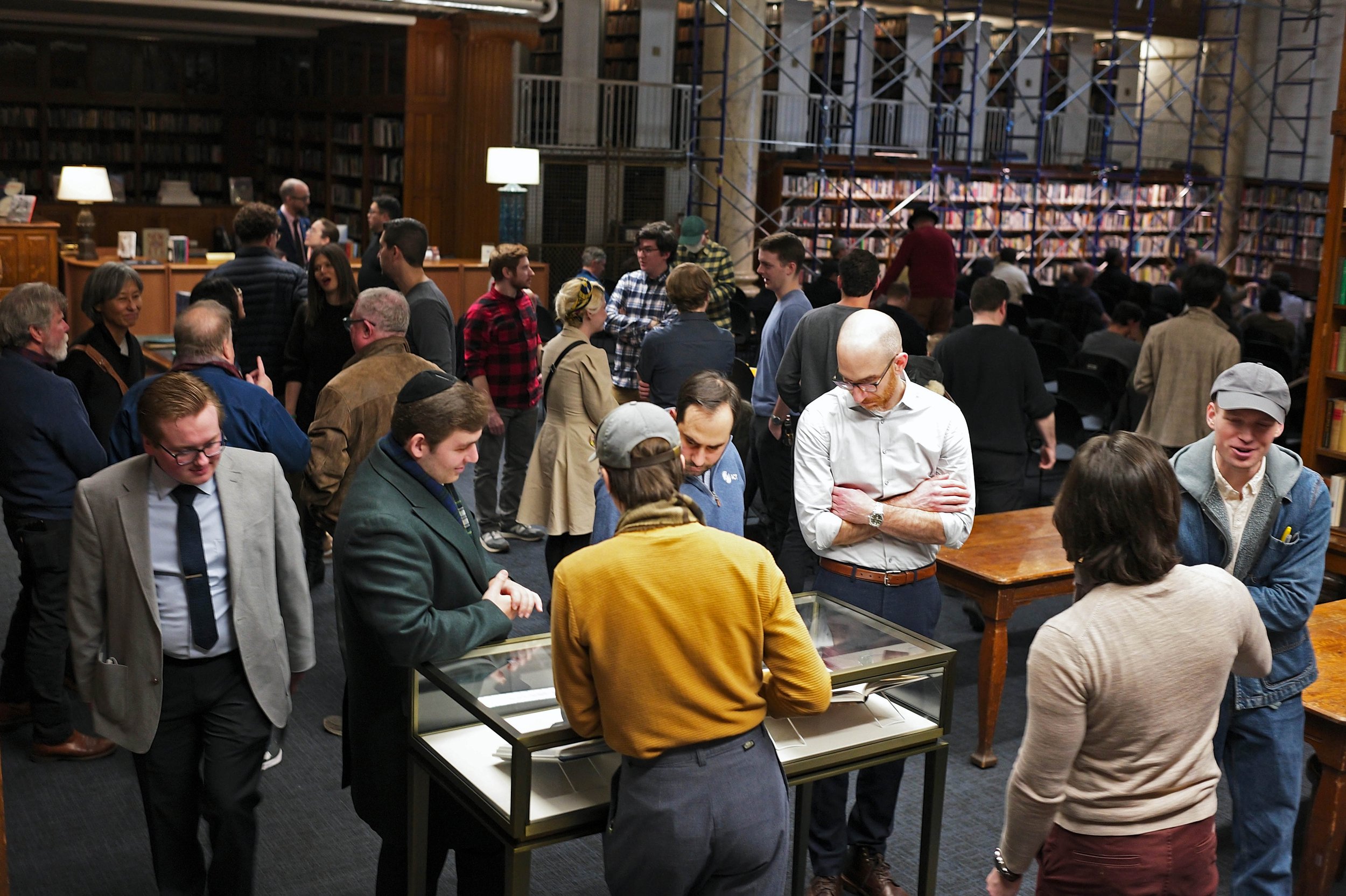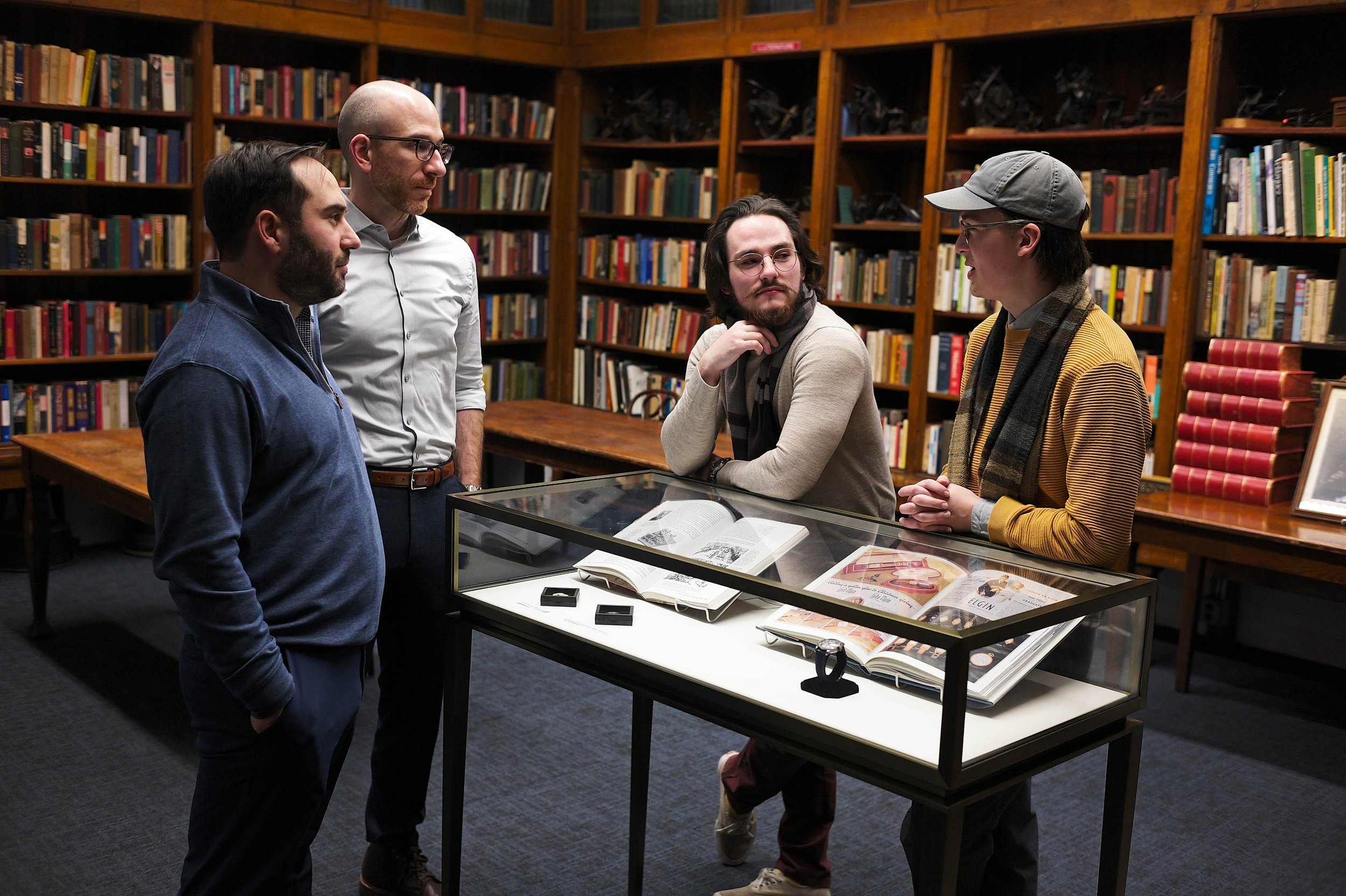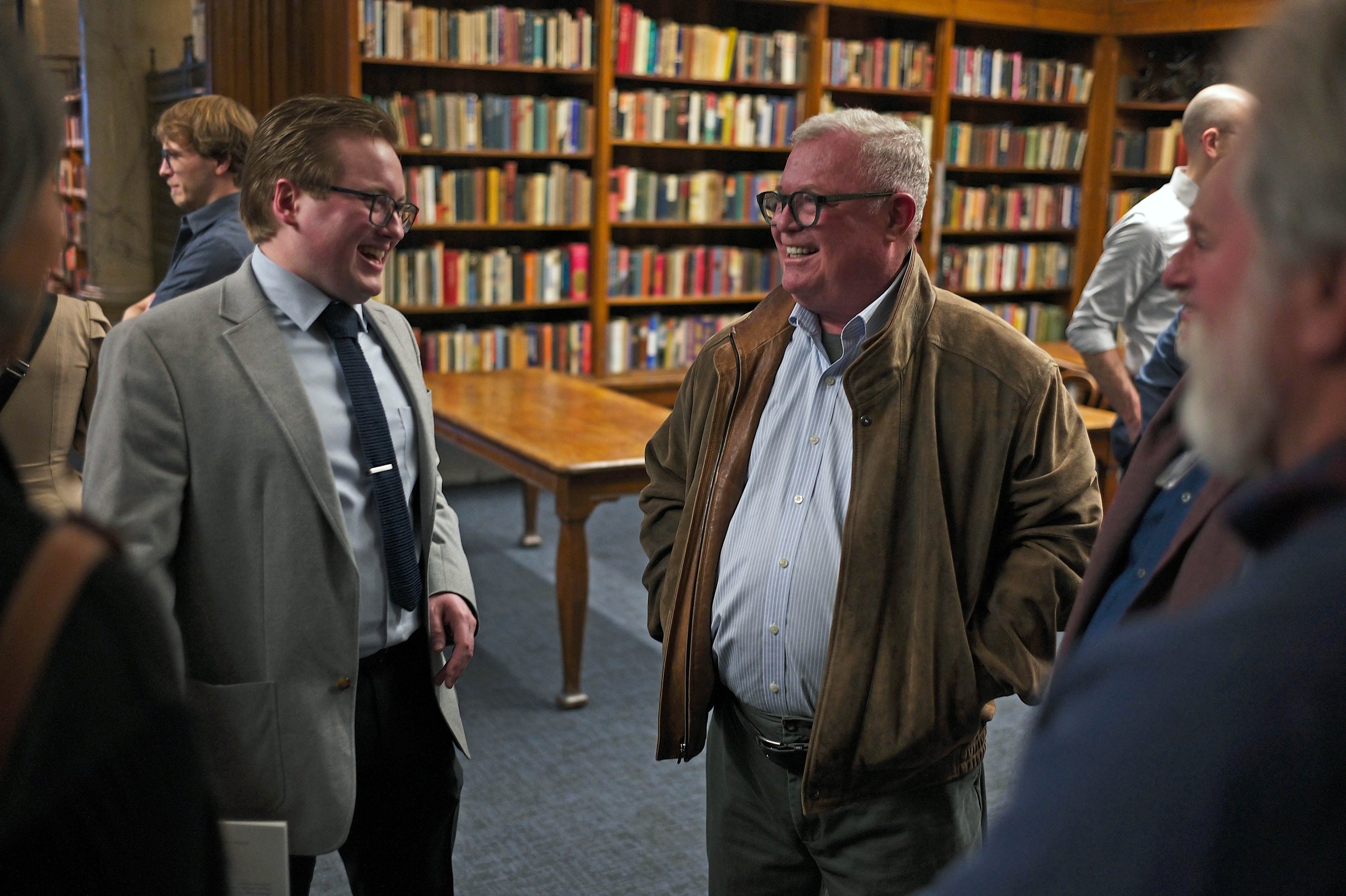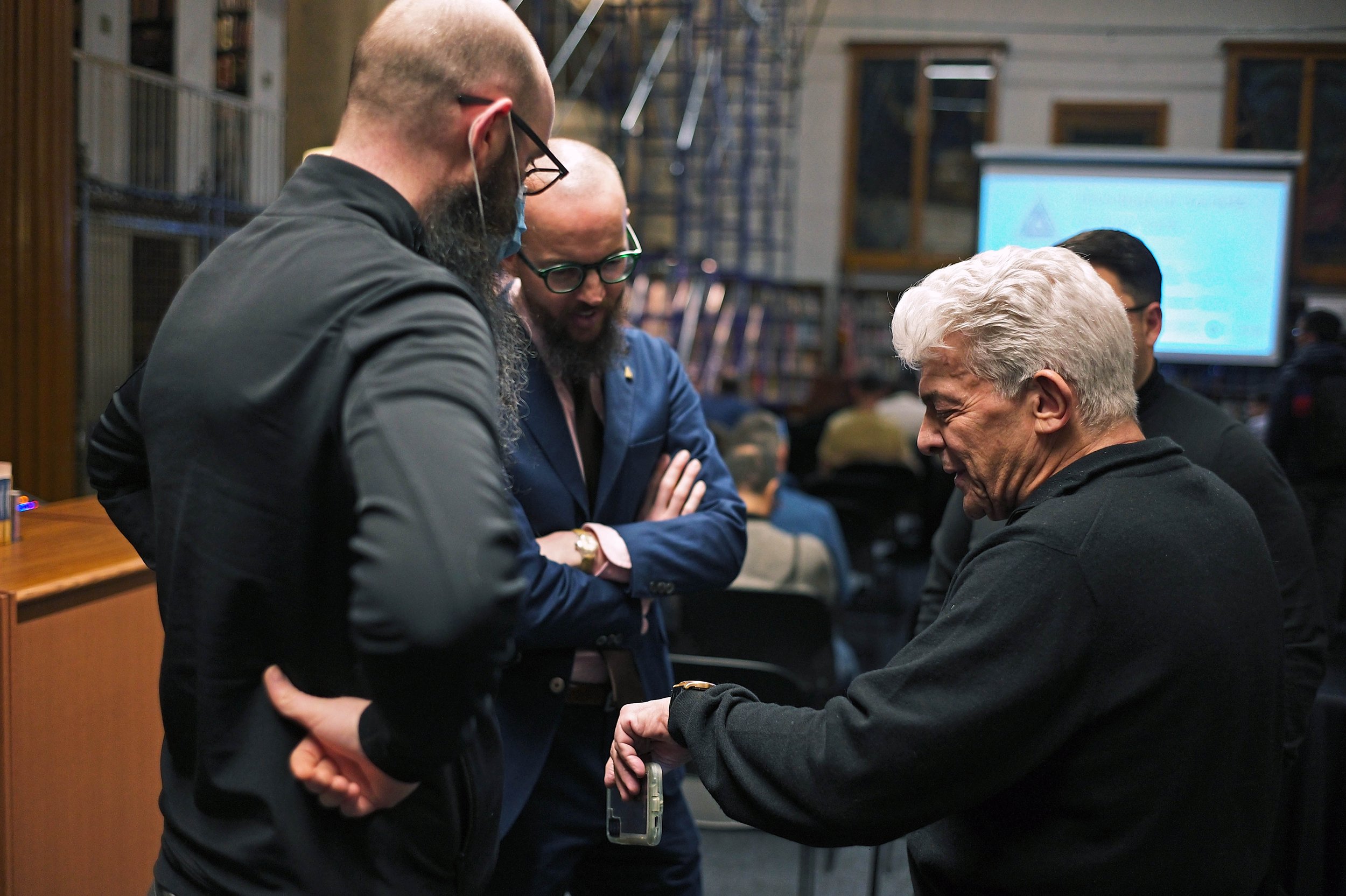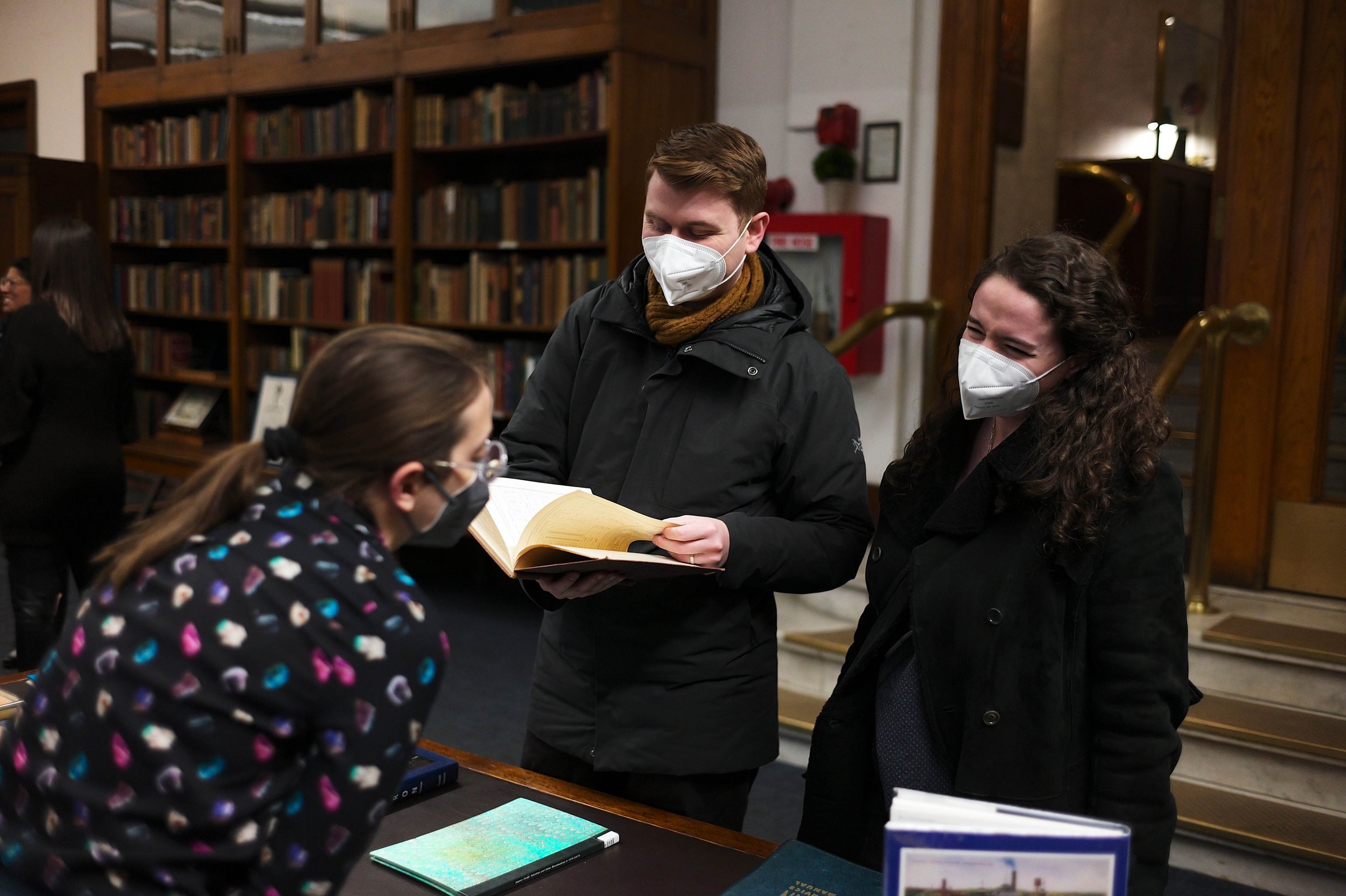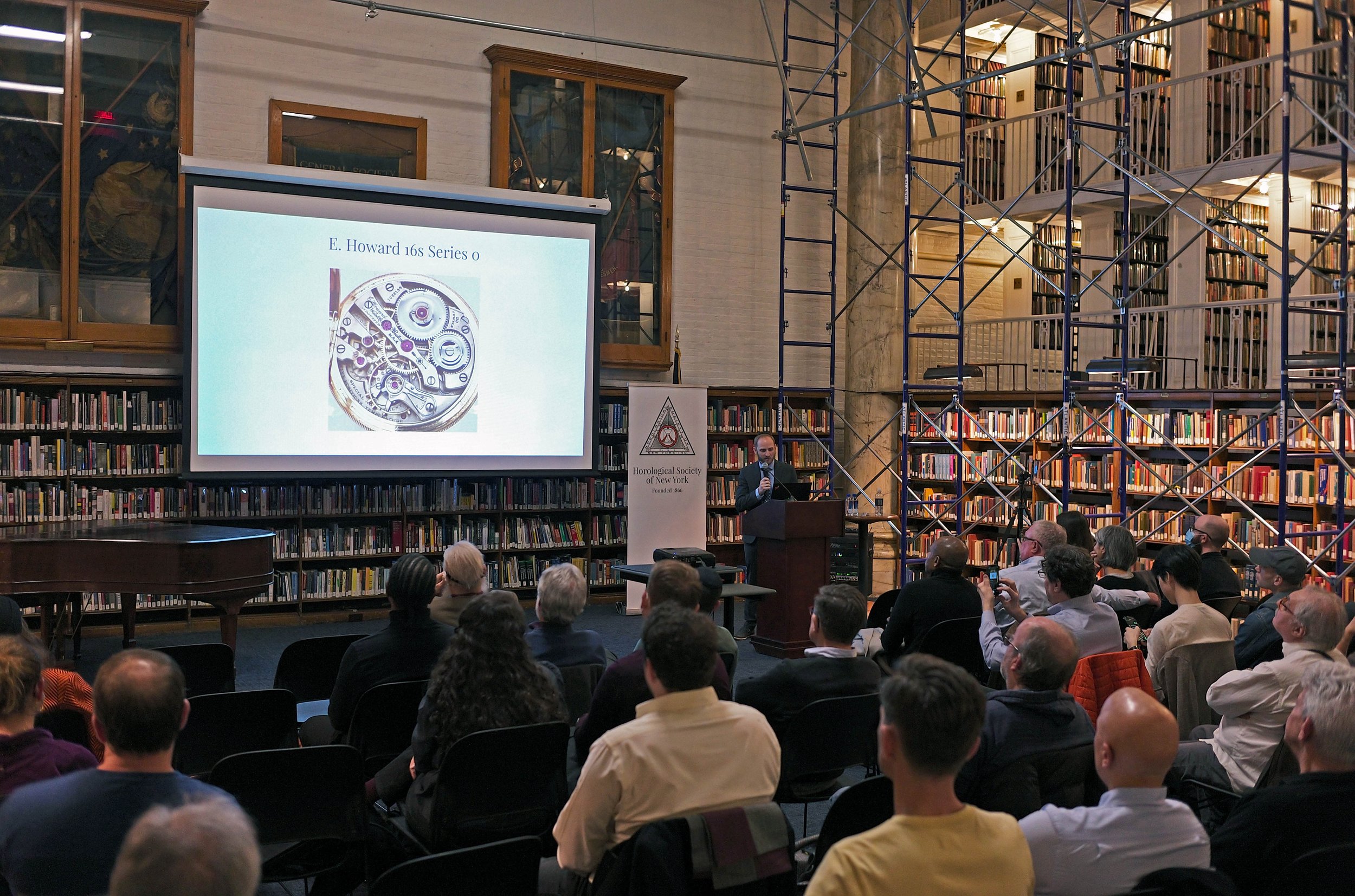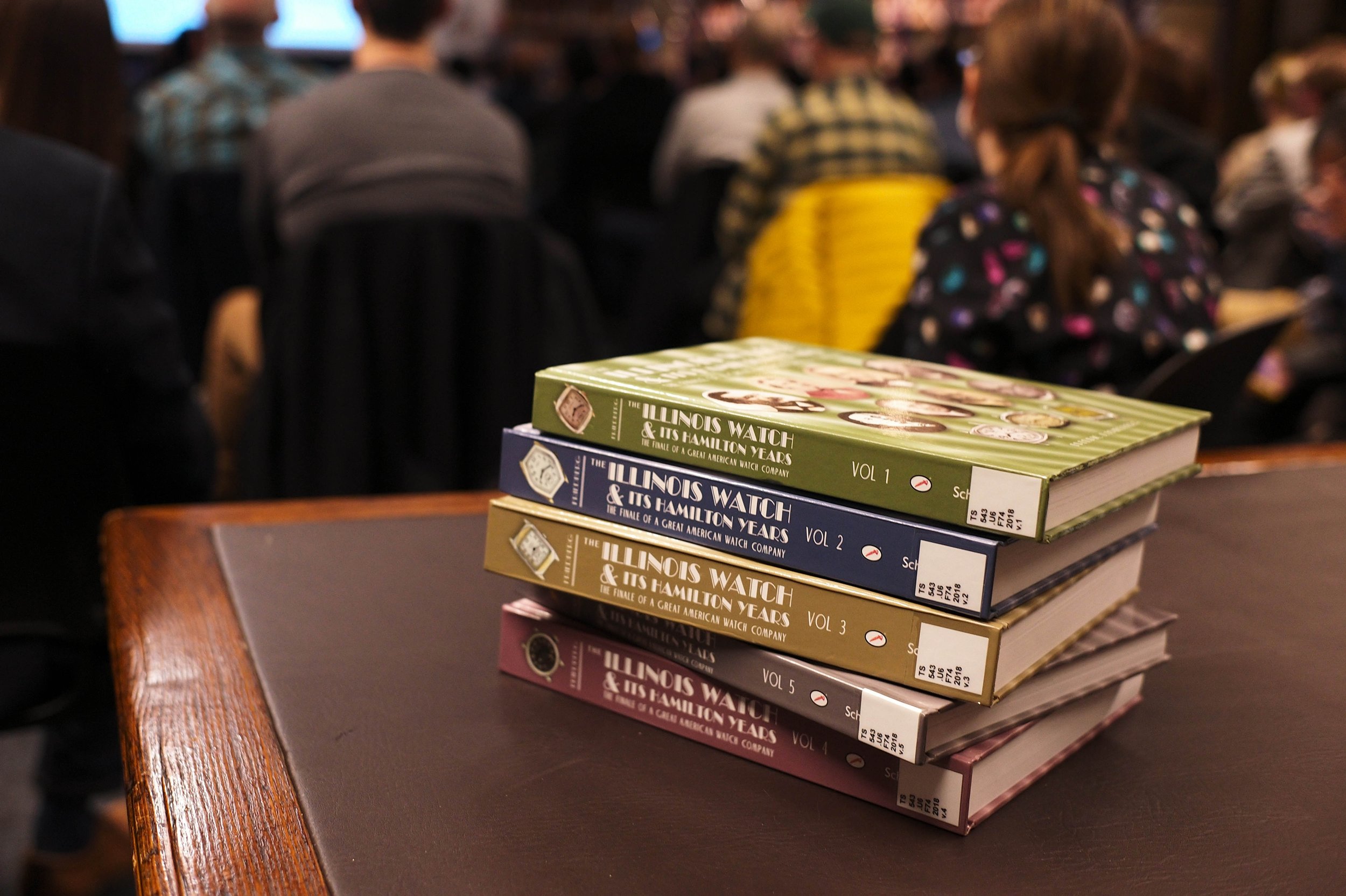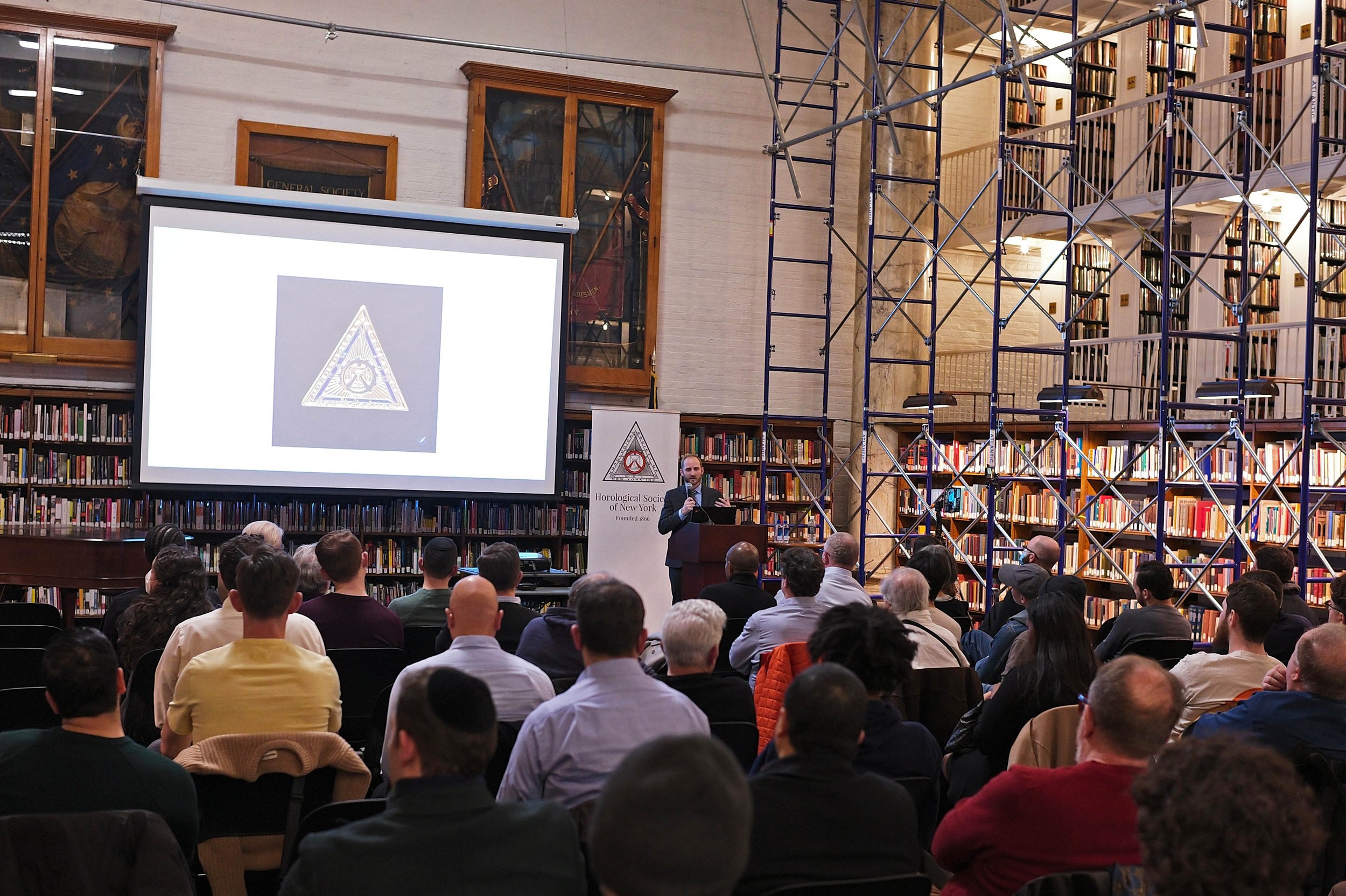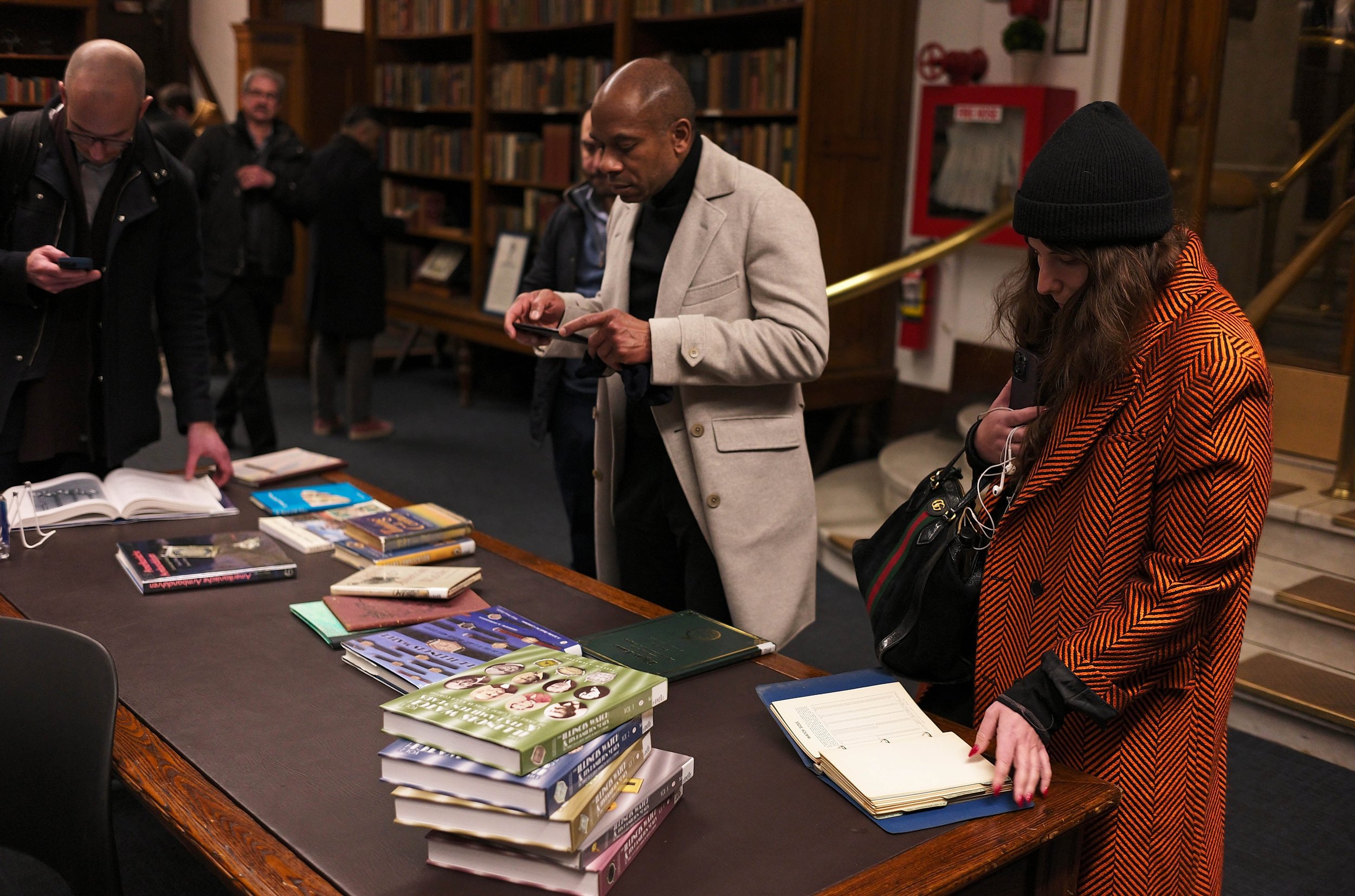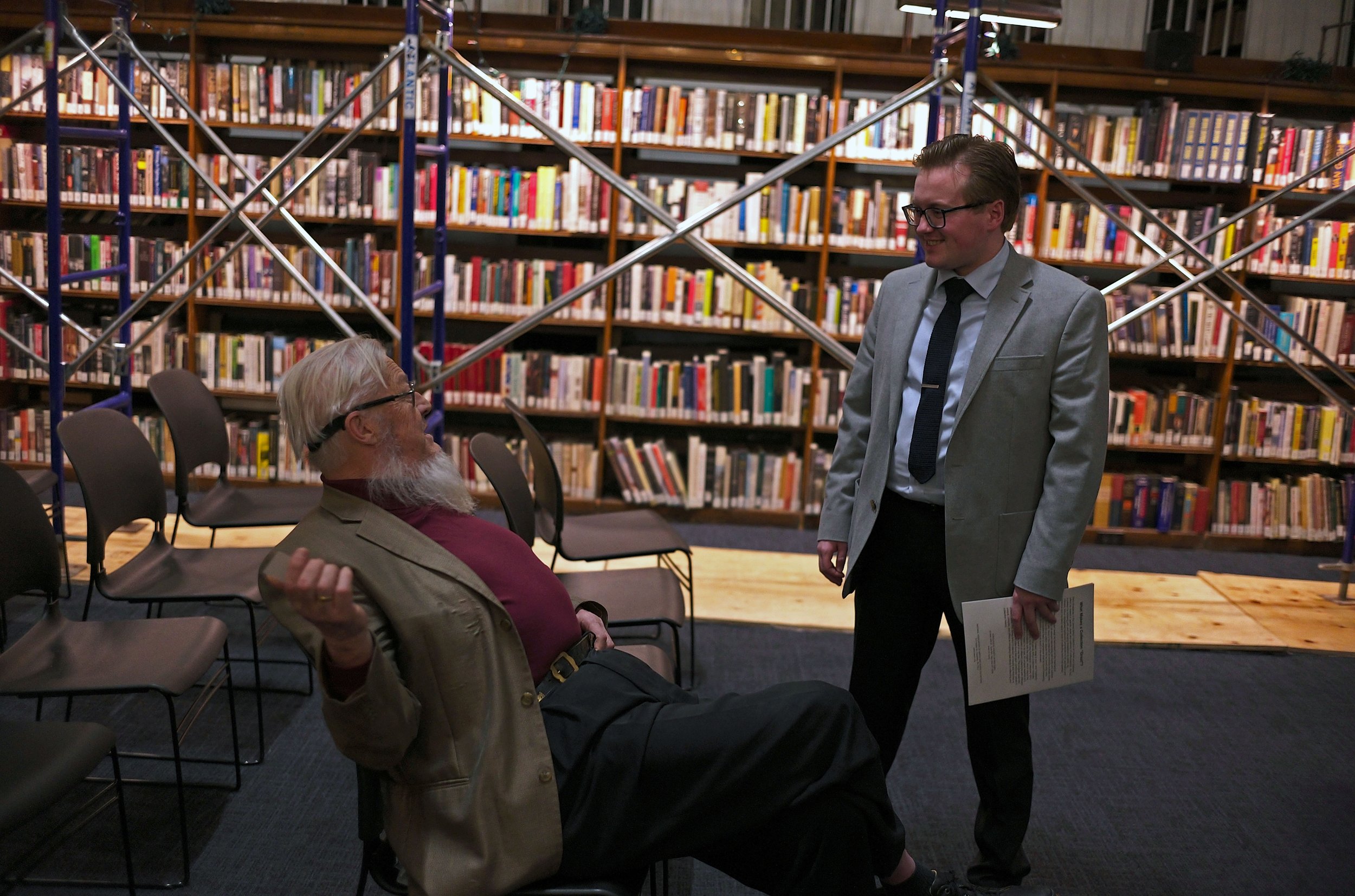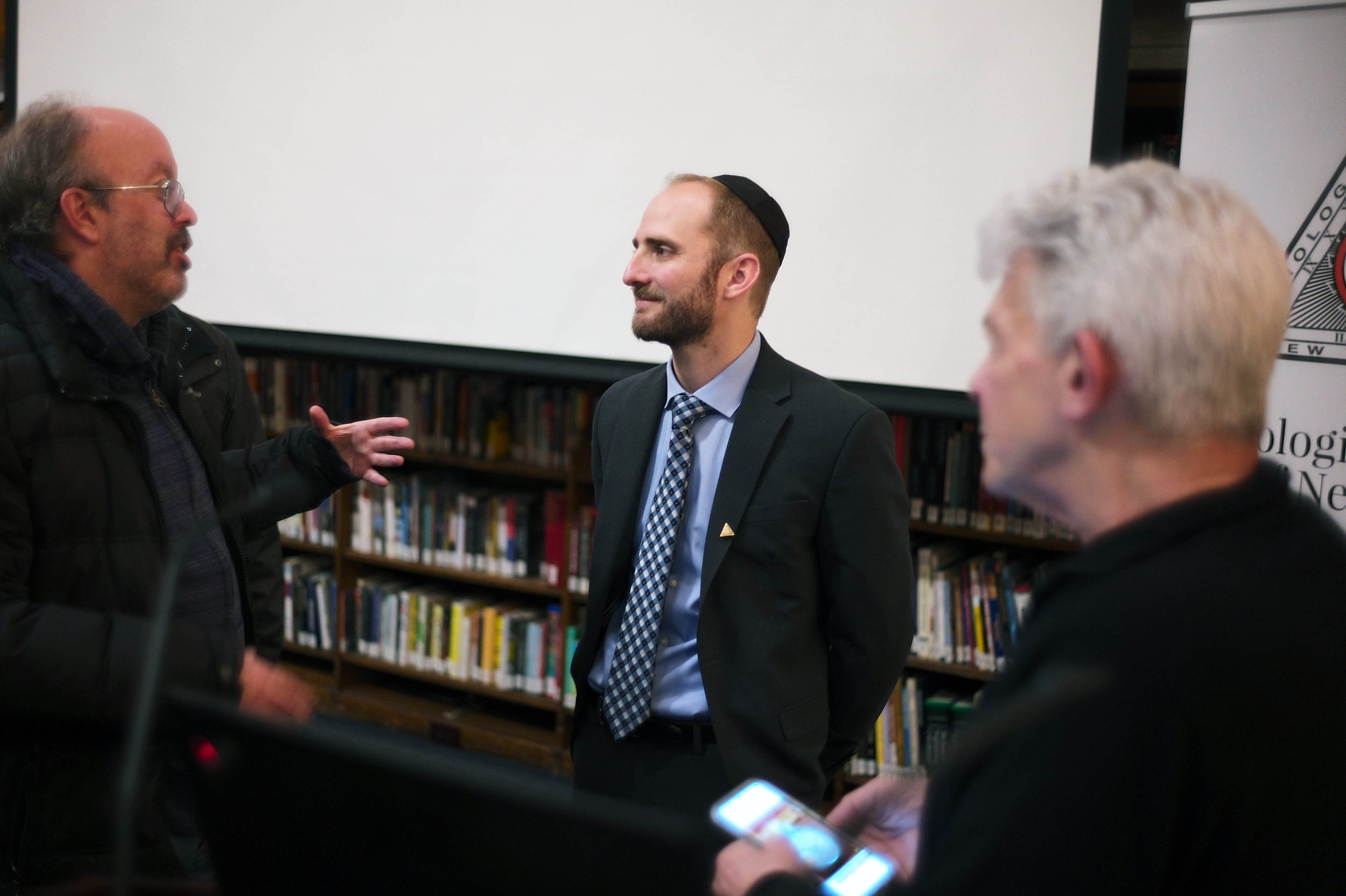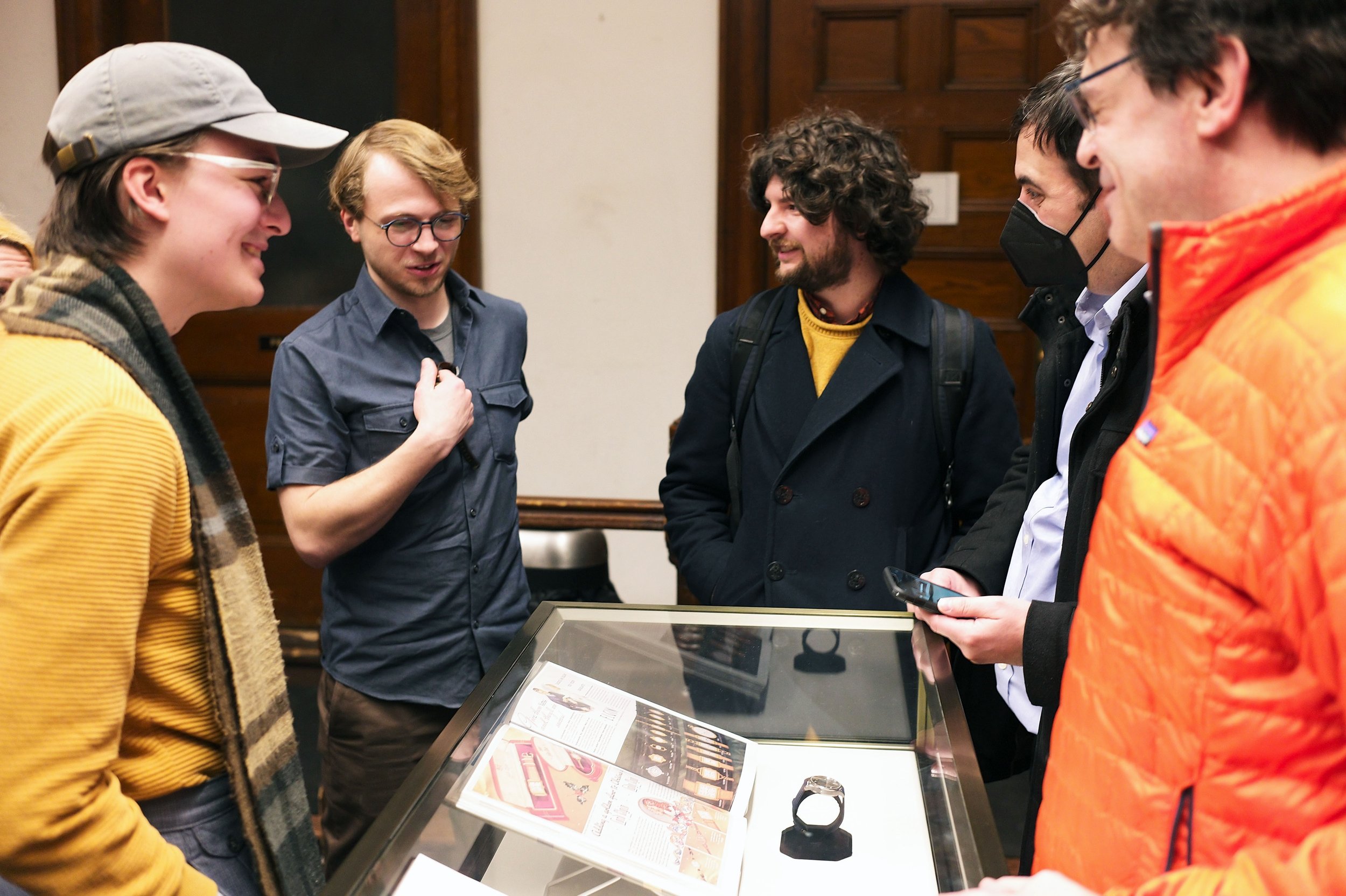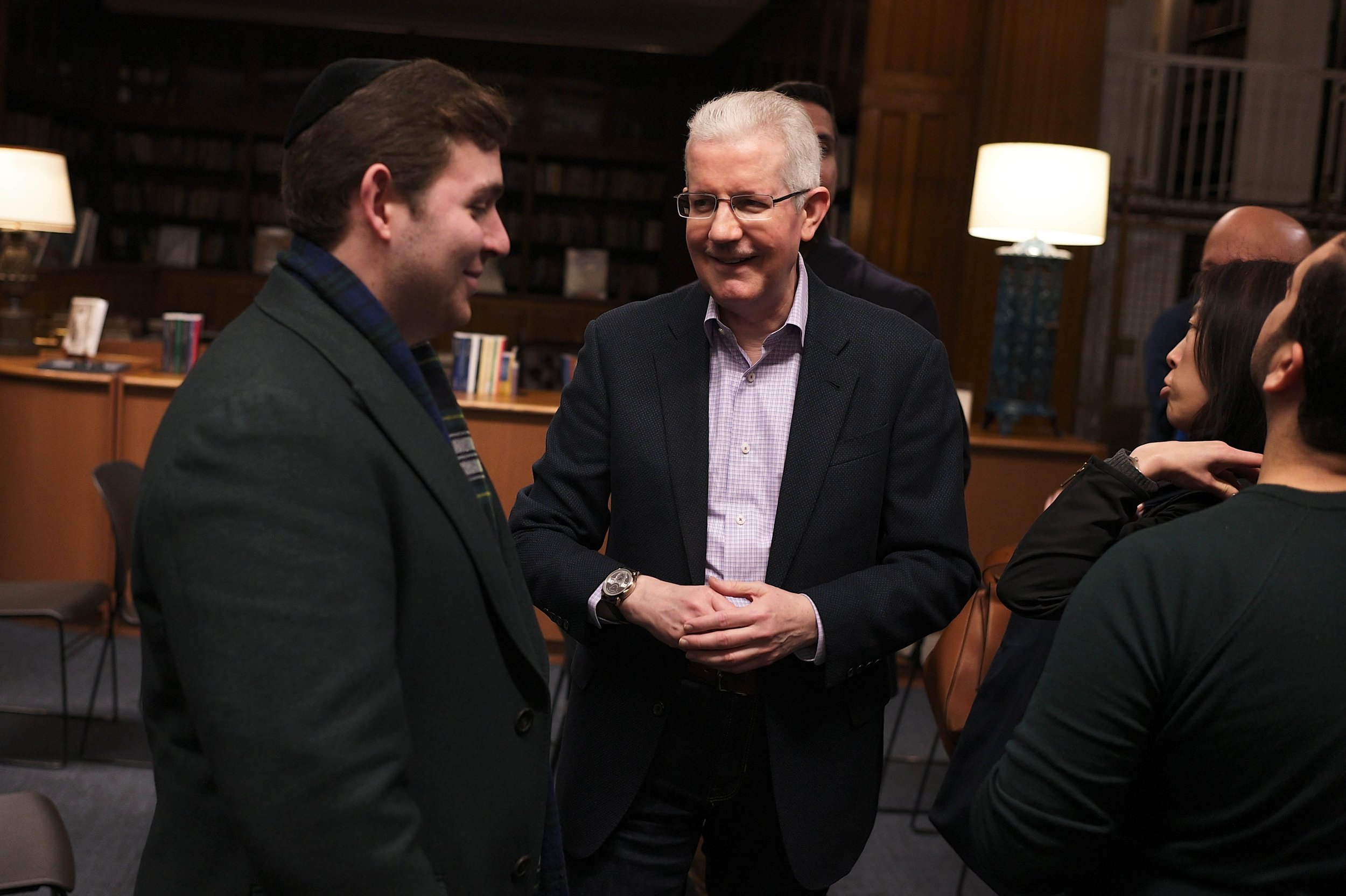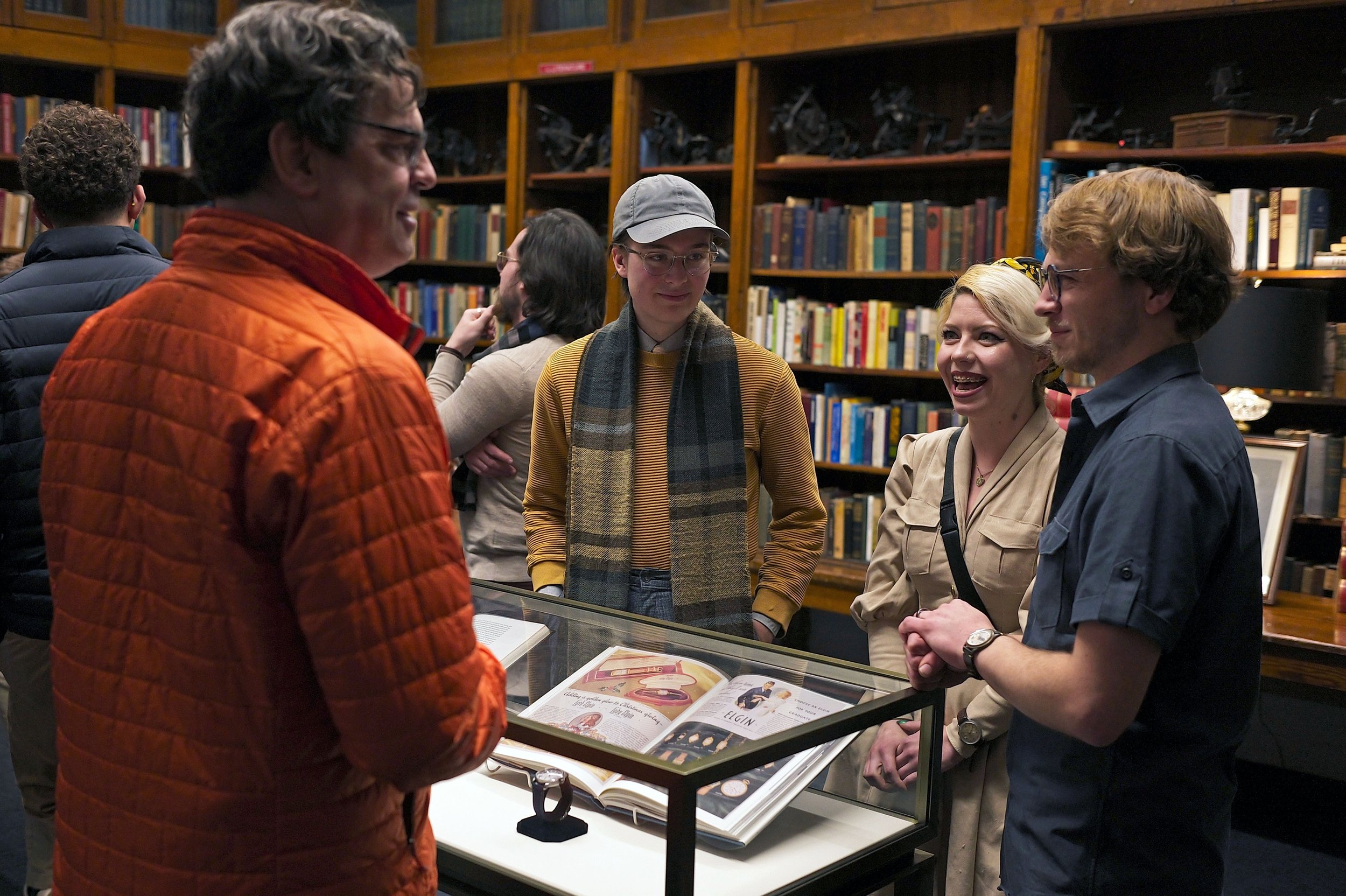Although “Rollo’s Experiments” was first published in 1839, it reads like any modern kids’ book. A blurb from The Mother’s Magazine, originally printed in the front of the book, says, “[Abbott’s] boys and girls talk and act like boys and girls, not miniature men and women.” Their dialogue and behavior still rings true today. The boys learn about how to create a sundial by building one, with gentle guidance from Rollo’s older, logically-minded sister, from patient adults, and from other books. They don’t understand everything, they make mistakes, and they get distracted and forget about their experiments. Rollo never finishes the hourglass. He gets a time-out for fighting with his little brother. And as he learns, the children reading learn along with him.
Another book in our library with annotations by a child is “Industrial Curiosities: Glances here and there in the World of Labour,” published in London in 1880 (our copy is the 1891 edition). One of my previous posts focused on a similar encyclopedia of the trades owned by generations of women in a family, some of whom signed their names in the book as children. “Industrial Curiosities,” as in that case, is not a book specifically written for children. This book has different sections explaining the history of various industries, like leather, perfumes, and even “seals and sealskins.” We own a copy of the book because of its long section about clocks and watches.
The end of the 19th century was a time of major change in horology, when watches were beginning to be produced in factories by machines, instead of in small workshops by hand. Pocket watches became more attainable and eventually ubiquitous. Alexander Hay Japp, the author of “Industrial Curiosities,” writes, “the penalty the City-man pays for the keyless gold repeater in his pocket is that he has lost the simple faculty…of reading time by the sun.” Sound familiar? Replace the word “keyless gold repeater” with “phone” and “sun” with “watch.”
Japp gives a vivid picture of the recent mechanization of the American watch factory. His description, which he quotes from an article by the women’s labor activist Emily Faithfull, makes no secret of the fact that children were working in the National Watch Company factory in Elgin, Illinois.
When drilling holes in the mainplate for screws, “a little girl cuts them with a needle-like drill, which revolves like lightning…another girl, with a chisel, whirling with equal rapidity, cuts away the ragged burrs or edges.” In the train room, a “girl in charge” cuts the teeth of wheels. “Nimble-fingered girls” also work in painting dials, engraving parts, inserting mainsprings, and in manufacturing the 44 screws needed to assemble each watch.
Some of these girls were young adults or older teens, but some were children (“little girls” as well as boys) working with heavy machinery in dangerous conditions. A girl in the electroplating room in Elgin “was kept at home for three weeks, with sores upon her hand” caused by contact with the “deadly poison” solution. Their work prefigures the “Radium Girls” of the 20th century, who painted dials with poisonous radium, one of whom is now honored by a scholarship at HSNY.













































